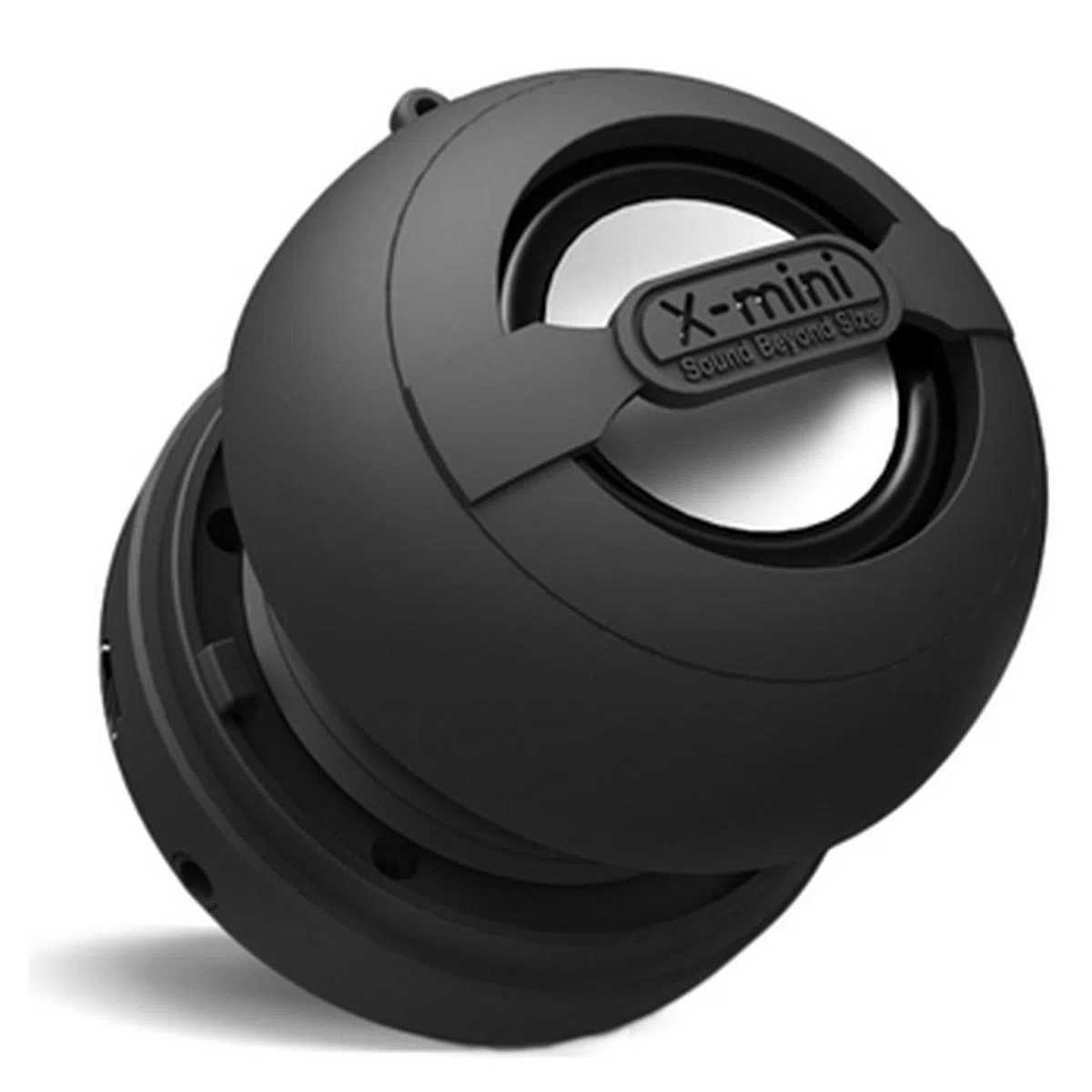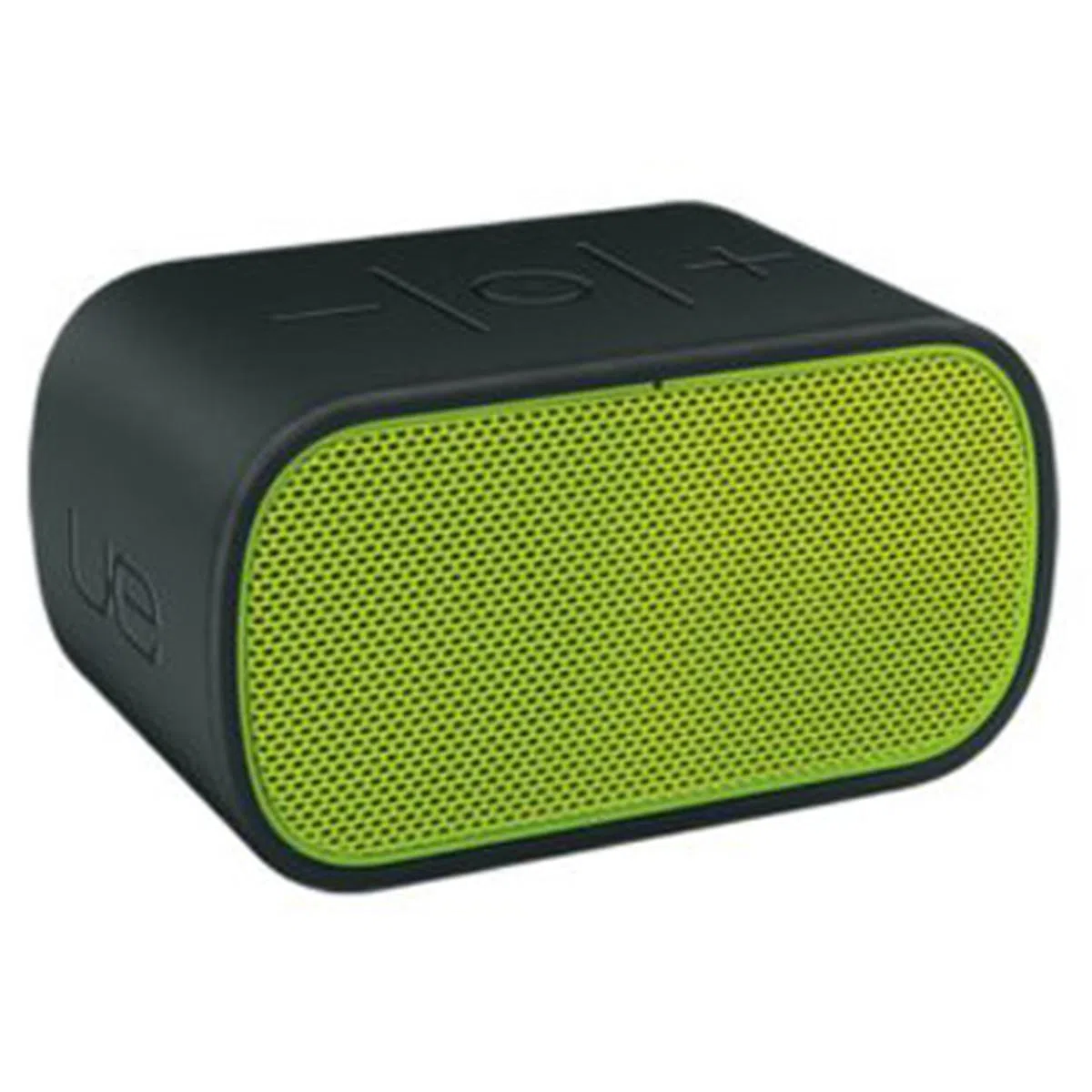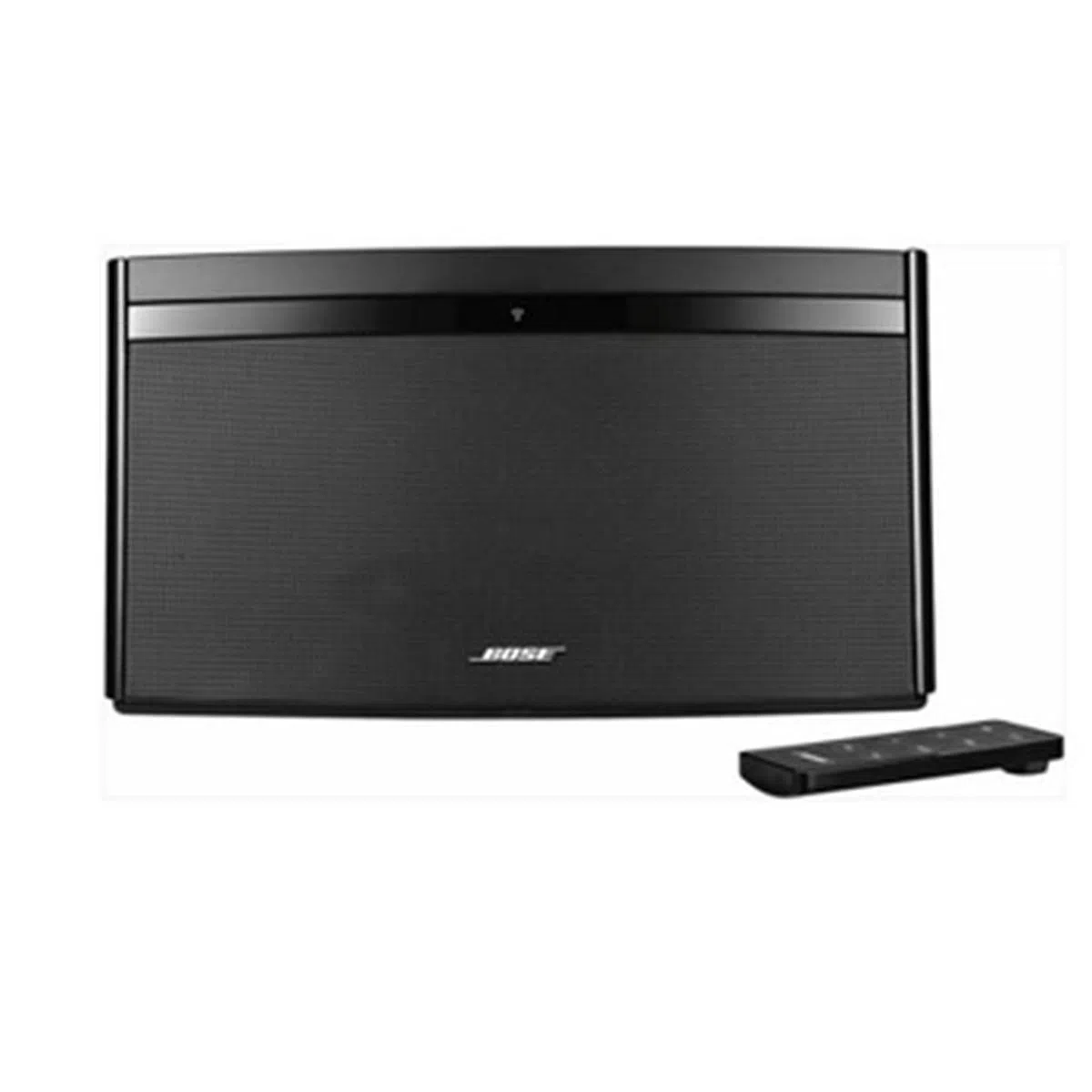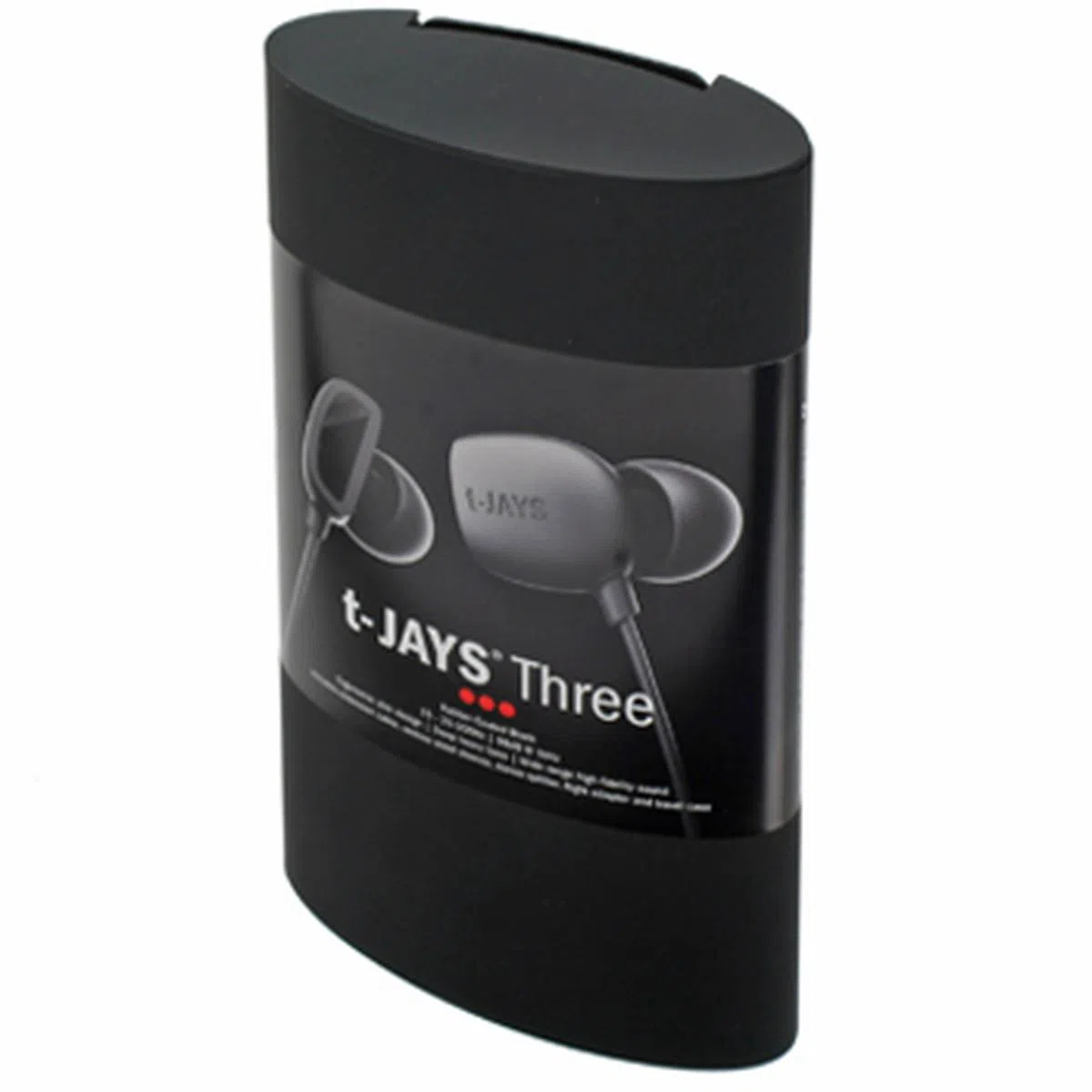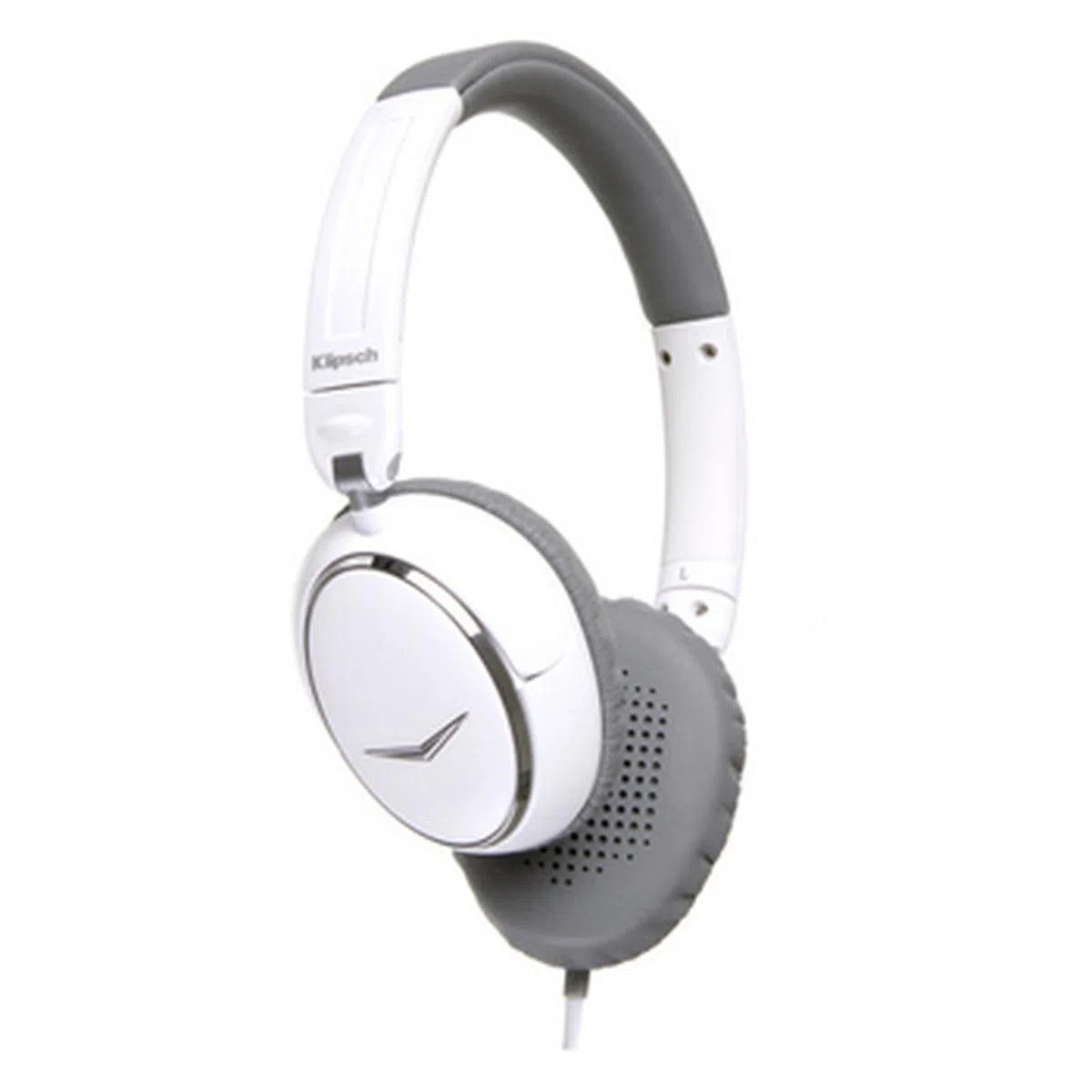IT Show 2013 - TVs, Projectors, Media Players, Speakers & Headphones Buying Guide
IT Show 2013 is here! Ever wondered how to choose the right gadget for yourself? From HDTVs and projectors, to media players and headphones, we've got your audio and visual needs covered in this buying guide. Happy shopping!
IT Show 2013 Buying Guide
IT Show 2013 is currently taking place at Marina Bay Sands for the very first time, at level 1 and basement 2. The show is on from the 7th to the 10th of March, and is opened from 12 noon to 9pm. One of Singapore's longest running tech shows, IT Show 2013 features more than 800 exhibitors, and covers over 350,000 square-feet of exhibition space, with products ranging from notebooks and tablets to televisions, automotive accessories, and more. As usual, admission is free!
As usual, there are literally thousands of products at the show, so in this buying guide, we'll be giving you some tips and tricks on what to look for when buying a particular product. And of course, we'll tell you some of the great deals we've uncovered at the show floor. So be it a new TV or a new pair of headphones, remember to read this before heading out to Marina Bay Sands.
Buying Guide Index
HardwareZone IT Show 2013 Portal
For more on the IT Show, including maps, brochures, and Twitter updates, click on through to our IT Show portal.

TV Buying Guide
If you're buying a flatscreen TV today, chances are, it'll either be an LED TV or a plasma TV. Truth be told, an LED TV is actually an LCD TV. The main difference is that the former uses LED backlights (hence the name LED TV) instead of CCFL backlights. This has resulted in improved picture quality as a whole, and it also allows manufacturers to engineer slimmer housings.
A few years ago, we recommended that those on a shoestring budget to consider LCD TVs using CCFL backlights; but now, LED backlight-based LCD TVs are as affordable, so there's no real good reason to buy their older and thicker predecessors. That said, those who watch movie content a lot, and want a TV that can produce super-deep blacks and super-high contrast might want to consider a plasma TV. Many of the higher-end plasma TVs are also equipped with very fast refresh rates that often process motion better than similarly priced LED TVs.
TVS TODAY
Besides LED TVs, the other two buzzwords you tend to hear in advertisements or see in brochures today are Smart TVs and 3D TVs. Simply put, a Smart TV is an Internet-enabled television. It enables users to surf the web, view free or pay-per-view video streams, share networked content, as well as engage in interactive media such as social networking applications on a single platform. On the other hand, a 3D TV, as the name implies, allows you to watch 3D content. Technologies used on a 3D TV can be complicated to explain in a matter of a few paragraphs; but in a nutshell, a 3D TV usually uses one of these two technologies: active 3D or passive 3D. While many TV enthusiasts love active 3D TVs for their 'better' image quality, those looking for cost effectiveness are often drawn to the passive 3D camp due to its use of lightweight, lower priced polarized glasses.
LED TVs
With shrinking prices and the fact that all TV makers have long shifted their production focus to LCD TVs using LED backlights, chances are, an LED TV is what most new TV buyers are likely going to end up with then they're shopping for a new TV today. The other good piece of news is that you no longer need to break the bank to afford a full HD set. For example, S$1,500 these days can easily land you a 47-inch, edge-lit, 1080p LEDTV with Smart TV features, such as the LG 47LS5700 shown on the right. | 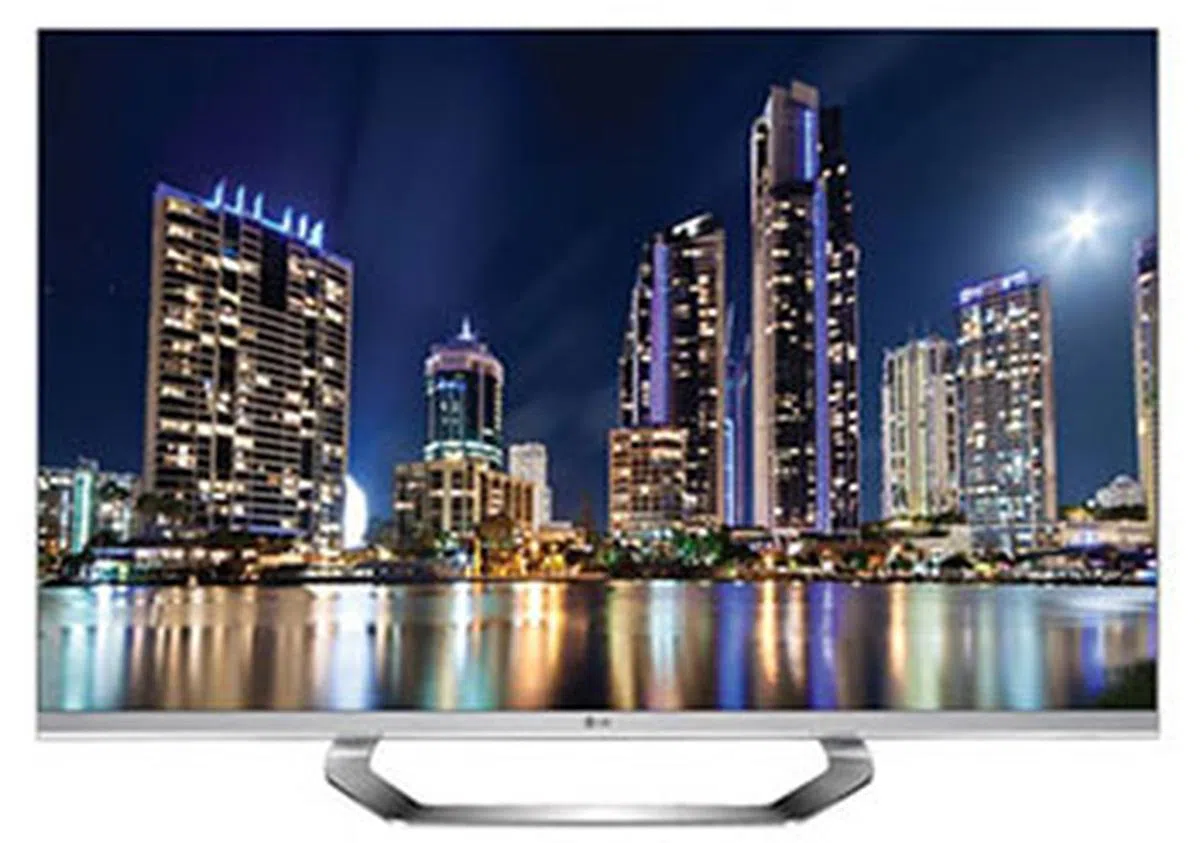 |
Plasma TVs
While there are only a handful of plasma TV makers left in the market now, the ones that remained have continued to churn out products that took our breaths away. To compete with LED TVs, plasma TV makers have mostly focused on improving what the technology does best, mainly black levels and motion control. Take for example the 65-inch Pansonic Viera TH-P65VT50S, which is fitted with a NeoPlasma panel treated with an Infinite Black Ultra filter, and a 2,500Hz Focused Field Drive system. Hence, when it comes to picture quality, many TV experts still prefer plasma TVs over LCD TVs. | 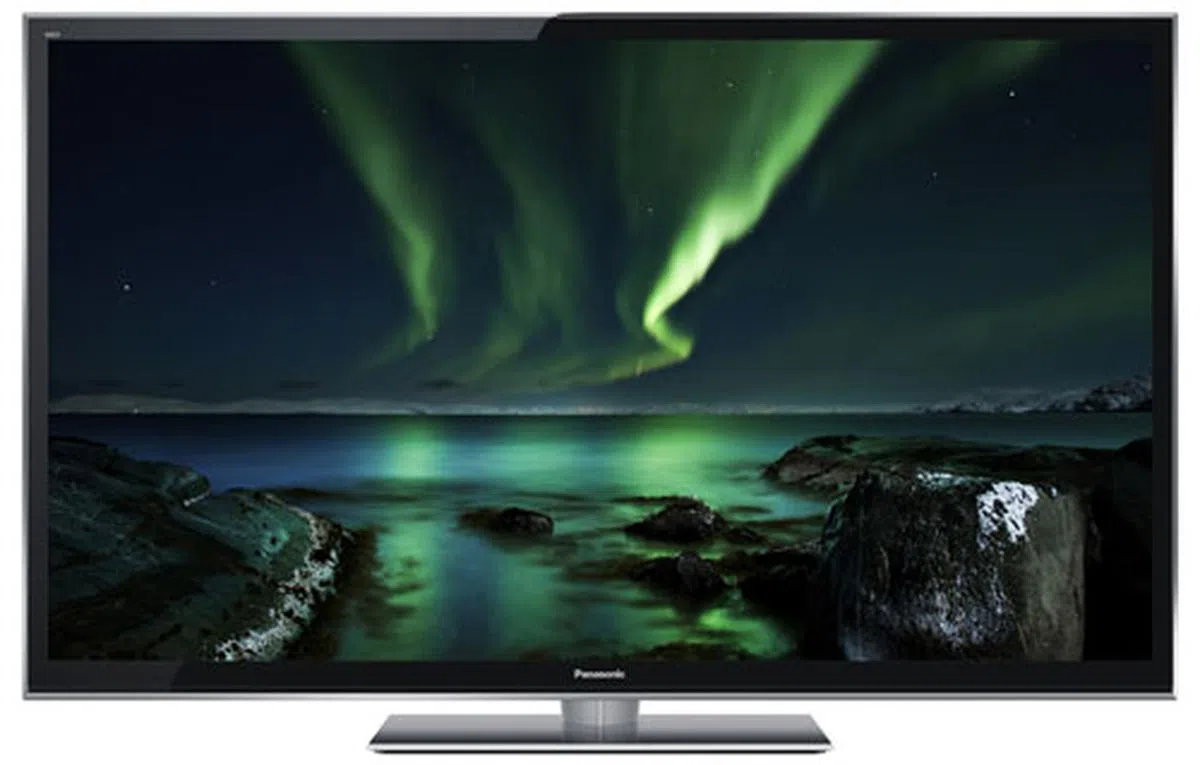 |
Smart TVs
LED TVs and plasma TVs are so named because of the technologies (panel, backlight type) they're based on. On the other hand, Smart TVs (which also go by other names such as Connected TVs and Internet TVs) are so named because of the smart features they possess. A modern Smart TV is usually accompanied by widgets, apps, games, and a web browser. The important thing to take note here is that Smart TVs are powered by each brand's own proprietary software. So don't assume that a Smart TV feature on a Samsung TV is also present on an LG Smart TV, and vice versa. | 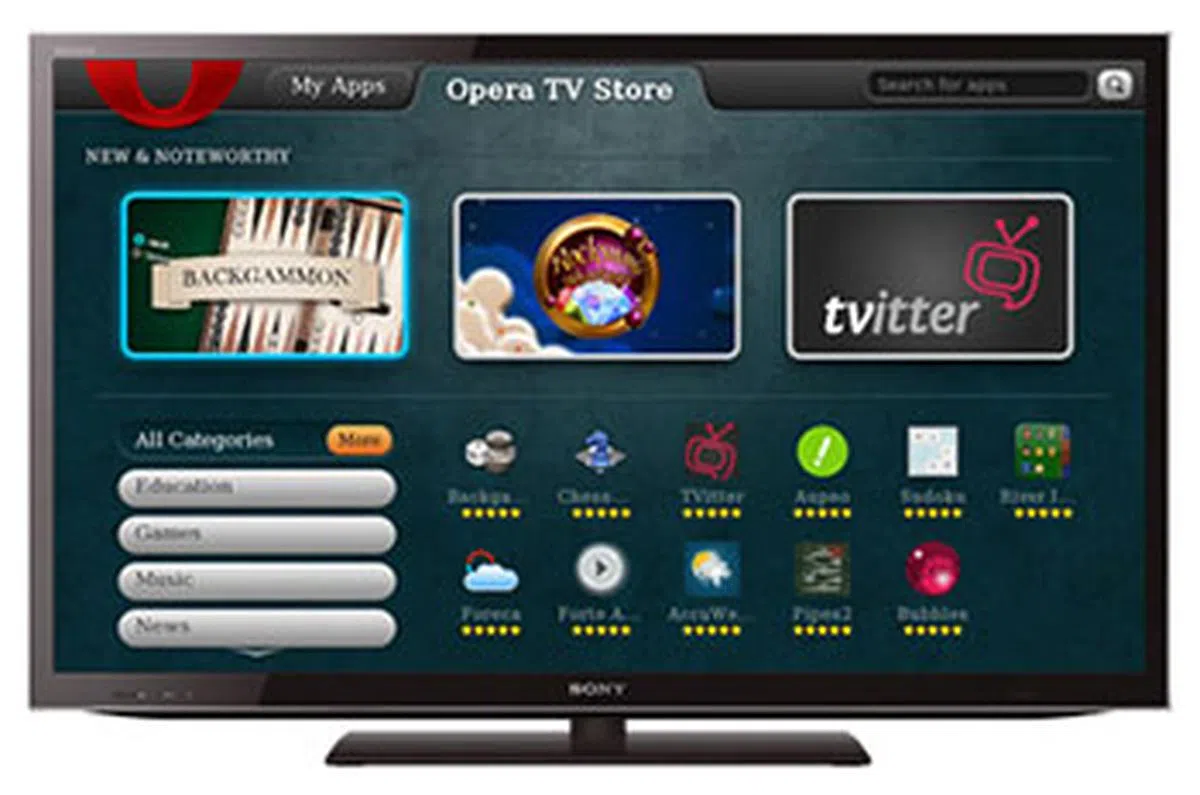 |
3D TVs
Both active and passive 3D TVs have similar price range, but the latter have a slight price advantage because they use glasses with simple polarized lenses, as opposed toactive glasses that have more electronics and run on batteries, and are thus heavier and more expensive to deploy in scale. And for the uninitiated, if you've a 3D TV, you also have an HDTV capable of displaying high-def 2D content. But be aware that the ability to convert 2D signals to 3D on the fly is usually a feature found on premium 3D TVs. And even when you've bought a 3D TV, you still need 3D content (e.g. a 3D Blu-ray disc) and a 3D source (e.g. a 3D-capable Blu-ray player) - thus the investment may be greater than you initially thought. | 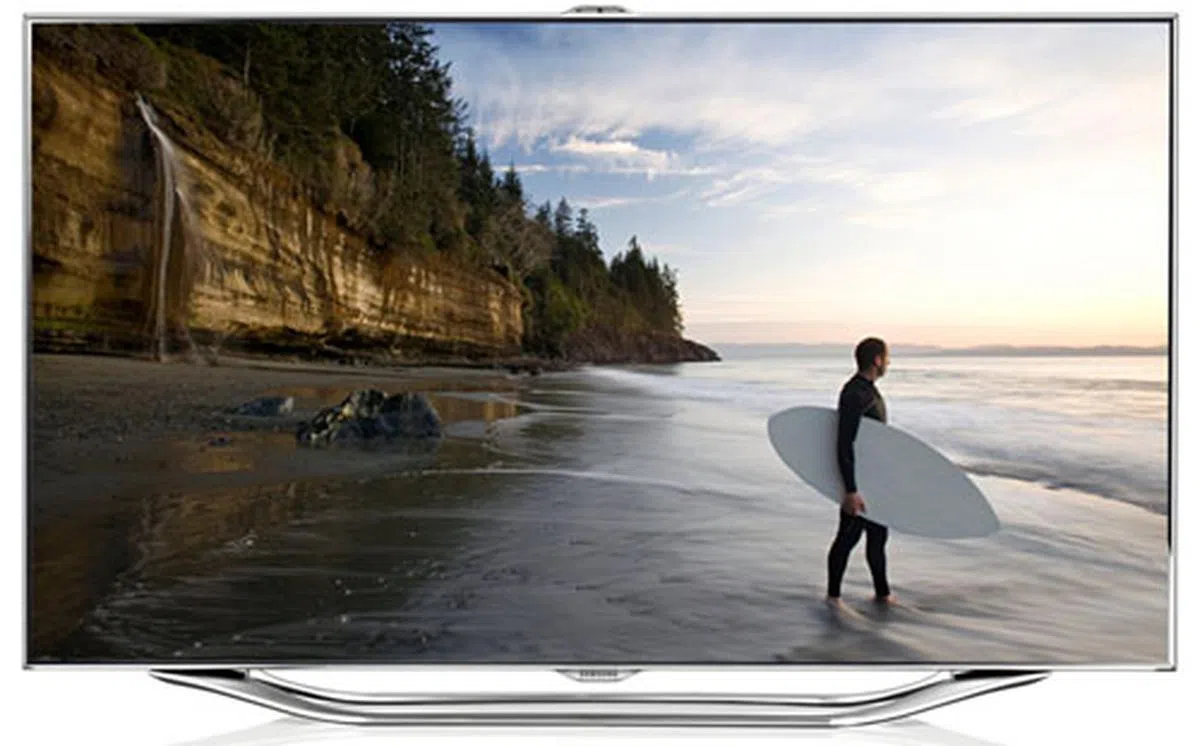 |
Of course, one couldn't be more wrong to assume that the holy grail of TV tech is already achieved. Judging from the announcements at CES 2013, TVs can only get slimmer, larger, and more high-definition in the years to come.
WANT TO LEARN MORE ABOUT HDTVS, SMART TVS & 3D TVS?
Have we aroused your curiosity and you now wish to learn more about the workings of HDTVs, Smart TVs, and 3D TVs? If so, check out our HDTV Buying Guide Essentials, Smart TV Buying Guide Essentials, and 3D TV Buying Guide Essentials.
In any case, before we dive into some of the top TV deals at this year's IT Show, here are some reminders:
- A 3D TV isn't necessarily a Smart TV, though most of the time 3D sets do come equipped with Smart TV features.
- Don't assume that apps found on UK or US Smart TV models are available on app stores here as well. This applies to video-on-demand services in particular. If you're keen on a specific service, check with the manufacturer if it's available locally.
- If you foresee yourself spending more time on the web browser rather than multimedia apps, be sure to try out the Smart TV's browser when you're at the show. Some models have less responsive web browsers, while others do not support certain plug-ins like Java or Flash.
- To stream high-definition content, it's best to have a broadband speed of 10Mbps and above to avoid video stutters or intermittent buffering. For optimal wireless network performance, we'd recommend using a wireless N-router at the very least.
- Don't purchase a Smart TV simply because you feel compelled by consumer trends. Most TV vendors offer a cheaper 'non-Smart' alternative under their HDTV line-up if you prefer a more traditional display set. The same goes for a 3D TV. Do you really need a 3D TV? Have you thought about where you're going to get 3D content from?
Check out the latest TVs at our HardwareZone TVs Product Guide.
TV Deals at IT Show 2013
Sad to say, besides Samsung, there are no other TV brands at the IT Show this year. So, here are our top two TV picks from the Korean CE giant:
Samsung ES7500 Smart LEDTV (55-inch) The Samsung Series 7 ES7500 full HD, 3D Smart LED TV comes with Smart Interaction features such as motion control, voice triggers, and face recognition - all packed in a slender frame with a 5mm slim bezel. Apart from its decent picture quality, the ES7500 offers Samsung's revamped AllShare Play feature which enables you to share content from your smartphone or tablet. The ES7500 also features something called Micro Dimming Pro, which is basically its 300 local dimming segments.IT Show 2013 Offer
| Samsung ES5500 Smart LEDTV (40-inch) Looking for a big-screen LED TV for under $1,000? The UA40ES5500 from Samsung may fit the bill. This 40-inch Smart TV uses a full HD panel, has a 12mm slim bezel, and features the company's AllShare Play that allows you to stream content from a compatible device. Besides a Smart Hub that shows your apps and lets you search for content, you can also enjoy family, fitness, and kids learning services. The TV is equipped with three HDMI ports. Yes, it doesn't do 3D, but we feel that the price is right.IT Show 2013 Offer
|
Location
Level 1, Booth 1421 | Location
Level 1, Booth 1421 |
IT Show 2013 TVs Portal

Projectors Buying Guide
Before buying a projector, it's important to first ask yourself these: What is the projector mainly going to project - data or video? And, where are you going to use it - at home, in the office, or outdoors? You'd be surprised that once you've the answers to these two questions, you can easily filter out half of the projectors in the market that don't apply, so that you can make better use of your time to pour over the nitty gritty (e.g. specs, software, accessories) of those that do. Of course, most people don't have an unlimited budget, so that alone is another good filter to quickly shorten your list of options. Alternatively, you can continue reading this buying guide, and see what we recommend.
PROJECTORS TODAY
Projectors are typically categorized based on their use case (e.g. business and education projectors, home theater projectors, large venue projectors, interactive projectors) or how portable they are. For example, a 4kg business projector that you like very much may not be the best option once you remember that it's meant for the traveling salesman in your company.
Business & Education Projectors
Brightness is arguably the most important spec to pay attention to for a projector meant for meeting room or classroom use, since controlling the ambient light in such venues is often not encouraged or impossible. Thus, we recommend a projector of no less than 2,200 lumens; go higher if you need to overcome a stronger ambient light. A high contrast ratio is also welcomed if you play a lot of video content. A lens with a high zoom ratio is good to have as well, as it gives you placement flexibility. Resolution-wise, we recommend no less than 1,024 x 768 pixels natively. If you're willing to pay a bit more and the projector is going to be connected mostly to widescreen laptops, go for 1,280 x 800. If 3D projection is a must, take a look at 3D-ready DLP projectors; they all come with DLP Link, which allows glasses to link to the projector without special emitters. | 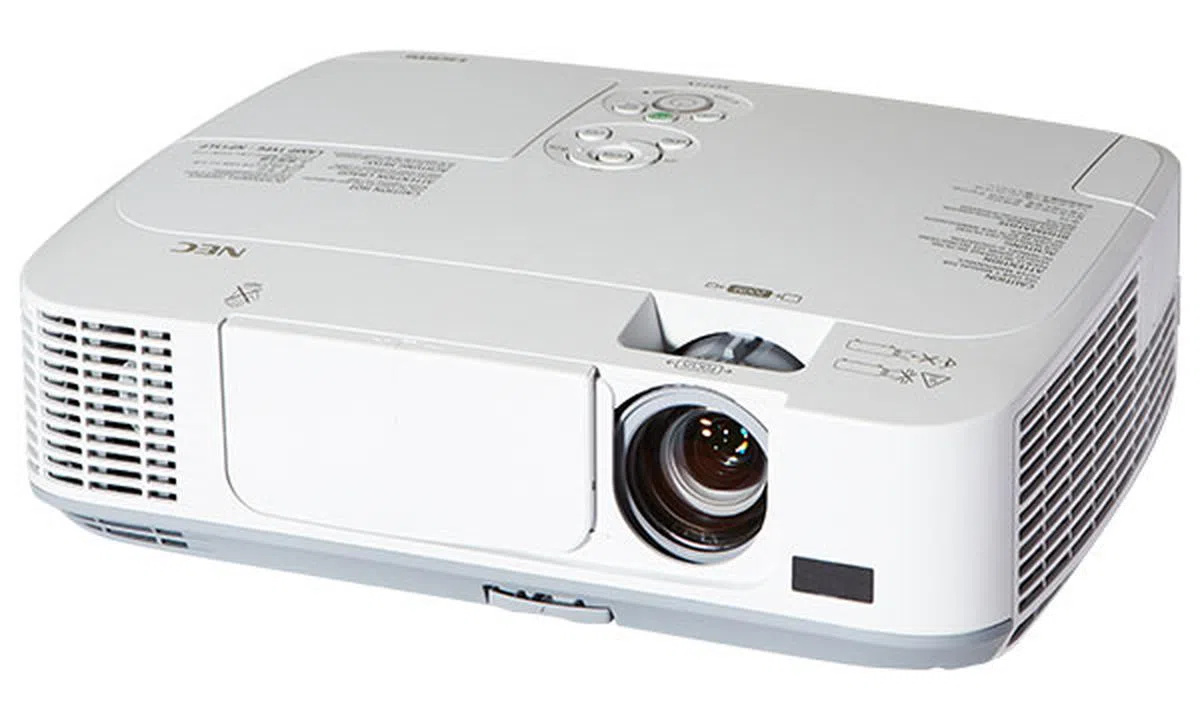 |
Short Throw / Ultra Short Throw / Interactive Projectors
For even tighter spaces, look for short throw or even ultra short throw projectors. Such projectors offer a large screen projection at a very short distance between the projector and the screen. For example, the Canon LV-8235 UST is an ultra short throw projector capable of an 80-inch projection from a range as short as 32cm. As you might expect, such projectors are ideal for meeting areas and classrooms. Using their ultra short throw advantage, some of these projectors can function as interactive projectors too. A good example is the Epson EB-485Wi, which supports two interactive pens. |  |
Home Theater Projectors
While you can use any projector to watch video (that's why some of them are called multimedia projectors), a home theater (or home cinema) projector is always better at color accuracy, shadow details, motion control - simply because projecting video as best as possible is what it's designed for. Most home theaters have controlled lighting or no ambient light, that's why having a high brightness rating isn't as important (unless we're talking about doing 3D projection on a very large screen). Instead, contrast is the most important here. Resolution-wise, the two most common ones today are 1,280 x 800 and 1,920 x 1,080; naturally, the higher the resolution, the sharper the image. Another area to pay attention to is how easy it is to install the projector in your home theater room: a zoom lens is good, but a lens shift feature is even better. |  |
MULTIMEDIA PROJECTOR BUYING TIPS
Before you head out to IT Show, here are a few more tips and considerations for buying a multimedia projector. They won't turn you into an expert instantly, but at least you won't come off as a complete newbie in front of an eager salesperson.
- LCD vs. DLP. You’d have seen instances in brochures where terms like LCD (Liquid Crystal Display) and DLP (Digital Light Processing) are being thrown around. Simply put, both are video projection technologies. Most mainstream business-class projectors adopt either 3LCD or single-chip DLP. The ‘3’ in 3LCD means that three LCD panels are used in creating each pixel’s color. DLP projectors typically have contrast and size advantages over similarly priced 3LCD models. However, as single-chip DLP projects colors one at a time in quick succession, and rely on the viewer’s eyes to blend these super-fast flashes to see the intended hue, users with sensitive eyes may see rainbow artifacts. Colors may also look a bit duller than those from 3LCD projectors, but that greatly depends on each manufacturer's implementation.
- Brightness. In our experience, an LCD projector often gives a greater light output than a DLP projector, even when they’ve the same lumen rating. Getting a bright projector makes more sense if you’re buying it as a presentation tool, but not so if you want to use it as a home theater projector. Case in point: brightness is never a selling point in home theater-oriented projectors. That’s because, for movie watching, sufficient brightness, and not high brightness, is more important. This is also one of the reasons that when you switch the image mode from Presentation to say, Movie or Video, the projector would lower the brightness automatically. If you‘ve control over the ambient light (like drawing the curtains), a 2,000-lumen projector is usually more than enough.
- Contrast. Expressed as a ratio, this basically means the number of levels between the blackest black and the whitest white a projector can achieve. This is a spec that’s typically in DLP’s favor. But no matter how high your projector’s contrast ratio is, it’d be wasted if you can’t control the room lighting. The quickest and easiest way to improve contrast even if you’ve a beamer with a low contrast ratio is to turn down the lights, though many a time this isn’t possible as some light is needed for the students to take notes, or to facilitate eye contact between the speaker and the audience. Also, avoid projecting on a wall or a blackboard; use a projection screen instead. If possible, find out the projector’s native contrast ratio, instead of passing judgment solely based on its dynamic contrast ratio.
- Inputs & Outputs. If you’re on a shoestring budget, it’s good to consider beforehand which features can be omitted. For example, HDMI connectivity is not really necessary if your desktop or laptop PCs are only capable of outputting analog video via D-sub. A projector that can do 1,920 x 1,080 natively might sound awesome, but what’s the point if your old laptop can only output at 1,024 x 768? If the projector is always on the road or is never going to be connected to a network, maybe that LAN port is unnecessary.
- Maintenance. Over time, projectors fail or perform below par for various reasons: dust built-up, mechanical failure, and end of lamp life are the more common ones. It’s wise to find out what kind of maintenance needs to be done before handing over the credit card. Is the filter easy to remove, clean, and replace? How does one change the lamp? Since most LCD light engines are not sealed, there’s always a chance that dust may land on the panels. So check the dust removal policy of the brand you’re buying from, and purchase extended warranties if required. On the other hand, most DLP chips are sealed and filters aren’t required.
Check out the latest projectors at our HardwareZone Projectors Product Guide.
Projector Deals at IT Show 2013
Like TVs, there aren't a lot of projector brands at this year's IT Show. But we still managed to find three very decent deals/products:
Epson EB-W02 With 2,600 lumens light and color light output and a native WXGA (1,280 x 800 pixels) resolution, the Epson EB-W02 is a steal at $499. A 3LCD-based projector, it also comes with a 3-in-1 USB connectivity function that allows instant plug and play setup for video, audio, and control - yes, all you need is a USB cable. The 2.3kg EB-W02 is equipped with D-sub, S-Video, and composite video inputs.IT Show 2013 Offer
Location Level 1, Booth 1217 | Casio XJ-A141 The XJ-A141 is a 2,500-lumen, XGA (that's 1,024 x 768 pixels) DLP projector. But what's so special about it is its laser and LED hybrid light source. Besides high brightness, what this gives you is a long 20,000 operating lifespan. The projector is also thin (about 1.6 inches at the thinnest point) and light (2.3kg). It comes with an HDMI input, as well as a 15-pin D-Sub port for analog sources.IT Show 2013 Offer
Location Level 1, Booth 1213 |
Ricoh PJ WX4130 The Ricoh PJ WX4130 is a 2,500-lumen, ultra short throw projector with a throw distance of just 11.7cm. Weighing 3kg, it's a DLP projector with a contrast ratio of 2,500:1. Capable of projecting up to an 80-inch screen size, this HDMI-equipped beamer also offers a quick 3-second start-up time. If you want wired and wireless networking connectivity, and a USBport for PC-free presentations, you can top up $200 to get the 'N' version.IT Show 2013 Offer
Location Level B2, Booth B100 |
IT Show 2013 Projectors Portal

Media Players Buying Guide
A home theater PC (HTPC) might be the best way to enjoy your digital media, but it is expensive to set up. Not to mention it also requires a certain degree of technical expertise to assemble. So why not opt for a do-it-all media player instead? It's relatively inexpensive, takes up little space, and allows you to enjoy your digital media with minimal hassle.
MEDIA PLAYERS TODAY
While the earlier media players featured clunky and slow user interfaces, things have really improved by leaps and bounds since. All current media players are capable of 1080p video output, and some higher-end models are even capable of 3D video file playback. Media players today support most of the popular video and music file formats, so there should be no issues with your media collection, regardless of where you get them from.
Compact, Non-Internal HDD Media Players These smaller media players offer the same functionality and features as their larger brethren, except there's no option to fit in a 3.5-inch hard drive, so you will need to bring along portable hard drives (or large capacity flash drives) if you're going to travel with these players (since all of them have at least one USB port, or rely on streaming from your PC or network drive. Most of the smaller media players currently cost below $200, which is a bargain considering what it's capable of. To keep up with the times, media players these days don't just playback local content. Like a Smart TV, they can access online video sources (e.g. YouTube), and even lets you engage in social media activities. |  |
Advanced Media Players with Built-in HDD The larger size of some media players is due to the fact that you can slot in a 3.5-inch hard drive (sometimes more). And since 3.5-inch hard drives are cheaper than portable hard drives of the same capacity, this type of players still makes a lot of sense today. Moreover, some users prefer keeping their content library close, instead of relying on network streaming, which can be a huge pain to troubleshoot. Typically, these larger-sized players also come with more USB ports, and audio/video I/Os, such as component video and optical audio.Format support is essentially the same as the smaller media player models, since that's determined by the chipset used. To go all the way, there are advanced media players that even come with a built-in Blu-ray player. | 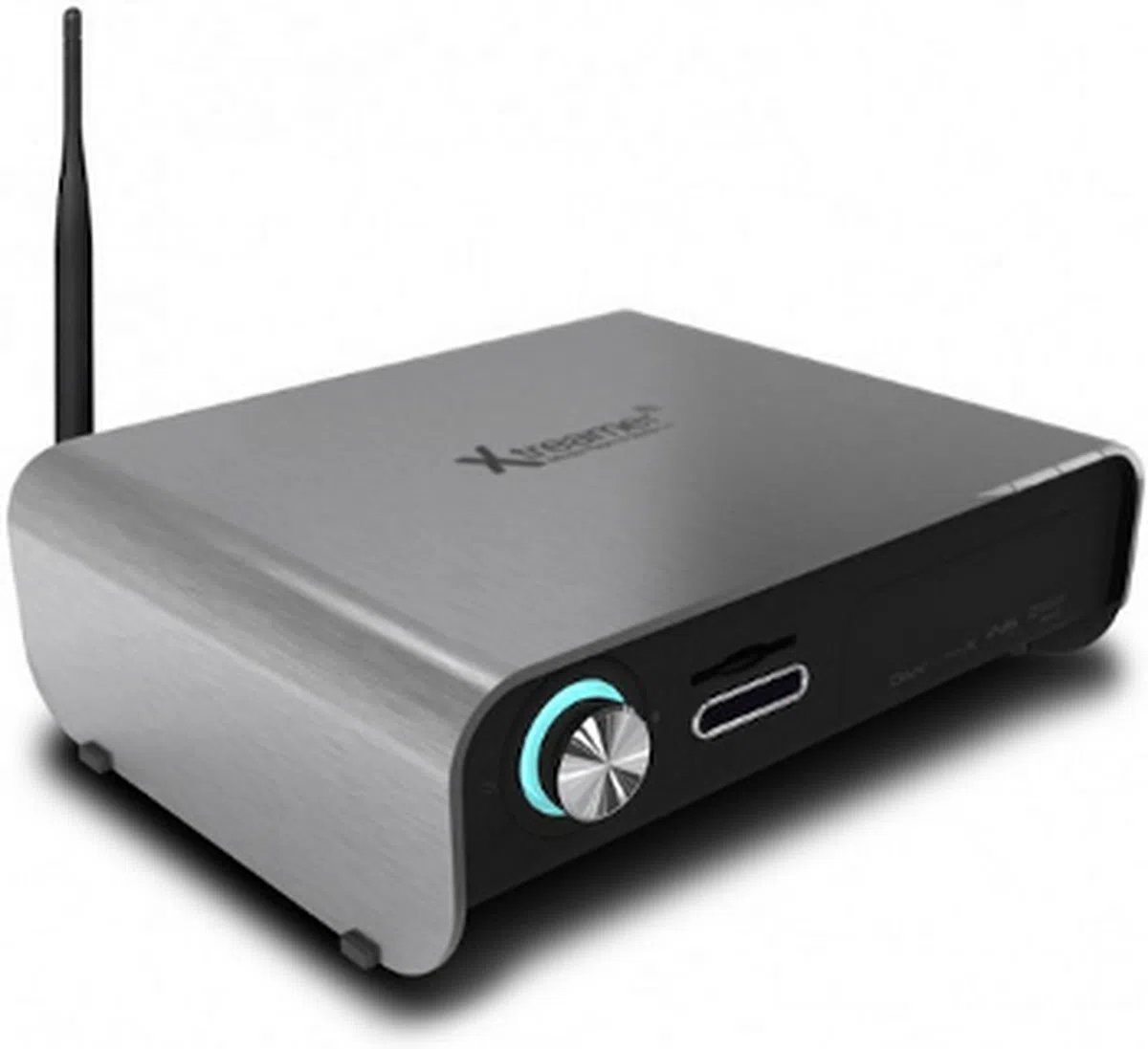 |
Android-based Media Players A trend these days is for media players to come with Android as their operating system, in an attempt to leverage Android's host of apps available. Expectedly, these players offer much more customizable options. However, most of these players are still struggling to find a way to optimize the interaction and navigation process due to Android being a mobile OS that's designed for touch-based interaction in the first place. To work around this, some of these media players come with a remote control that incorporates a touchpad to allow for gesture control. | 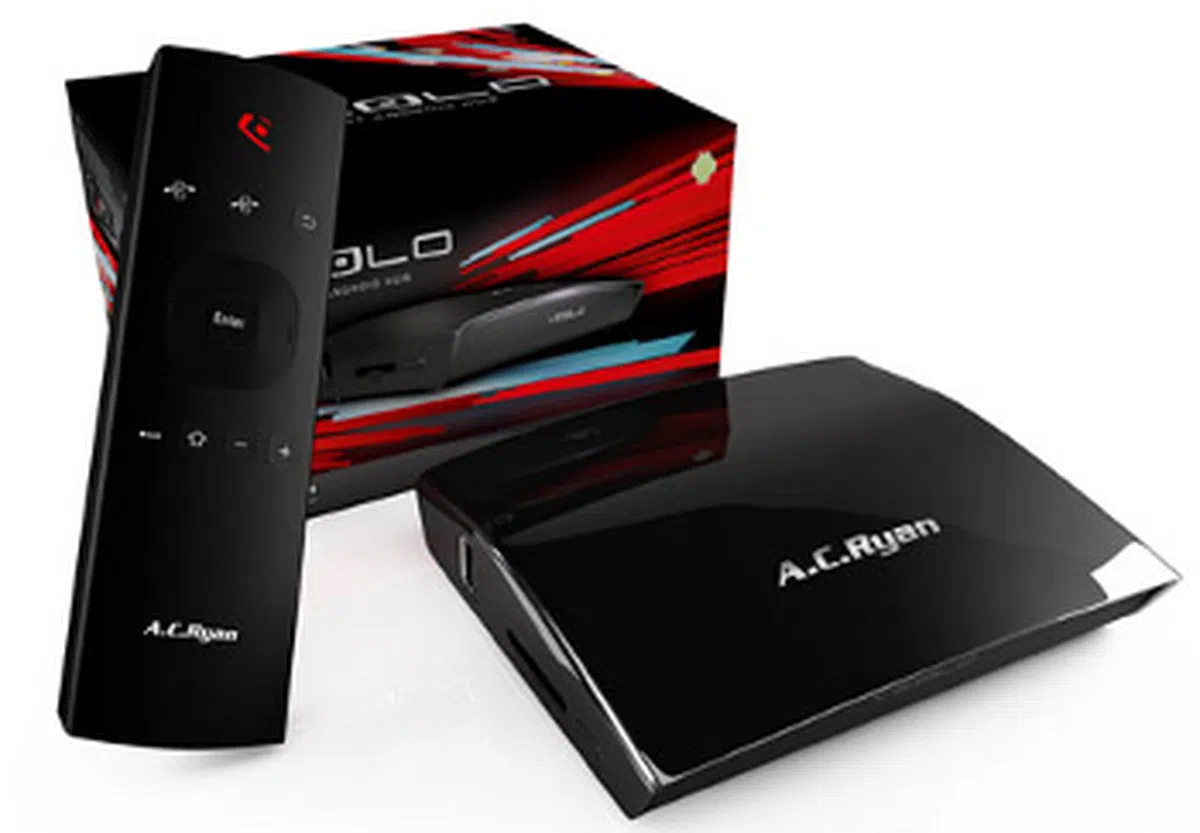 |
WHAT TO LOOK OUT FOR
Format Support. While most popular formats are supported, it would still be prudent to check against your collection for any incompatibility. For example, due to the chipset used, Western Digital media players do not support RMVB files, so if you have a sizeable collection of those, you might need to consider something else. Do take note that if you happen to have some 3D video files, only the newer media players support these files. In other words, check what the tin can says.
Connections. Most media players come with an HDMI port and an optical audio jack for a true digital connection. But if you happen to have an older model television set which accepts only component video or composite audio and video, then it's best to take a look at the larger players which have space for more ports. The smaller media players usually support such analog sources too, but they require the use of a breakout cable.
User Interface & Additional Services. Some UIs allow for more customization, while others may focus on responsiveness. In other words, a pretty UI isn't necessary a fast UI. Most modern media players also come with additional Internet services, such as weather forecast and YouTube apps. Also, take note that sometimes, not all advertised Internet services are available here. One example is Netflix video streaming. Other than a Netflix account, you also need to have a U.S. IP address. Lastly, even though some newer players run Android, they may not have access to the Google Play store; to get apps, you may have to go through a third-party app store instead.
Check out the latest media players at our HardwareZone Media Streamers and Hubs Product Guide.
Media Player Deals at the Show
Here are some top media player deals at this year's IT Show:
 AC Ryan Playon!HD3 AC Ryan Playon!HD3
The Playon!HD3 is AC Ryan's latest media player which comes with either a 2TB or 3TB internal 3.5-inch hard disk drive, which is easily inserted and removed via the EZ Drive slot. It features full HD 3Dvideo file playback, and has built-in wireless N support for easy and fast access to the Internet. | 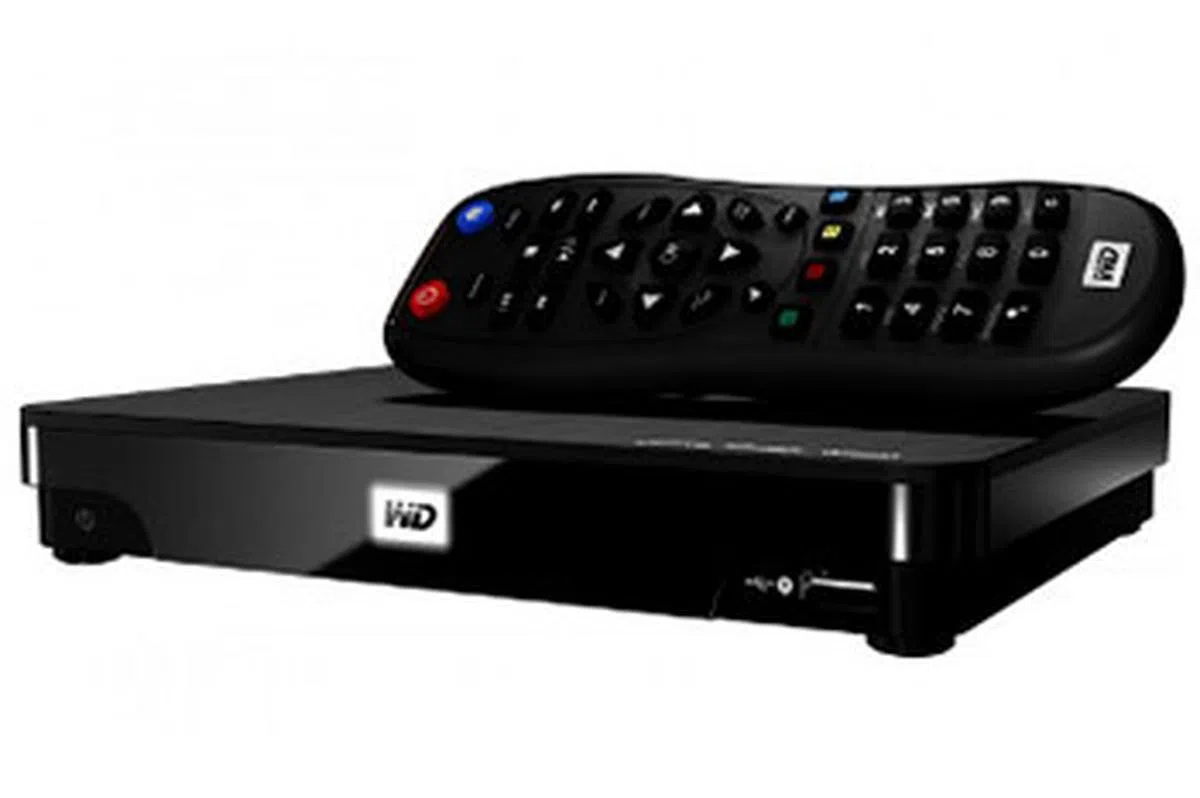 WD TV Live Hub WD TV Live Hub
The WD TV Live Hub comes with a 1TB built-in hard drive, and is capable of full HD playback. Its slim profile lets it fit right into your A/V setup. |
IT Show 2013 Offer
| IT Show 2013 Offer
|
Location
Level B2, Booth B731 | Location
Level B2, Booth B123 |
Fancy an Android media player that sports a QWERTY remote? Check out the PlayXtreme 2 which is running Android 4.0, and is capable of full HD playback. |
The Veolo is an Android media player that features full HD playback, and a remote that's part QWERTY keyboard, part wireless pointer. It also has a built-in wireless N adapter so that you can download your favorite Android apps easily. |
IT Show 2013 Offer
| IT Show 2013 Offer
|
Location
Level B2, Booth 121 | Location
Level B2, Booth B731 |
IT Show 2013 Media Players Portal

Speakers Buying Guide
While headphones are excellent for a personal listening experience, sometimes you need to listen to the audio in a group, and that's where free-standing speakers come in handy. Since they aren't restricted to delivering sound directly to your ear canals, they generally project better soundstage, and provide a more organic listening experience. As you might expect, speakers come in different shapes and sizes intended for a myriad of usage scenarios.
SPEAKERS TODAY
In general, speakers can be sorted based on their size and use case, such as mobile speakers, tabletop speakers, PC speakers, and home theater speakers.
Mobile Speakers
The idea of mobile speakers is as old as portable music players. But increasingly, we're seeing new innovations in this category, and this is no doubt a result of the popularity of the smartphone as the primary music playing device for most people. For true portability, look for mobile speakers that can operate without the need to plug into a power socket. Typically, this is achieved through built-in lithium-ion batteries. However, there are also mobile speakers that use standard AA or AAA cells; such speakers are useful for travel. Recent mobile speakers also provide wireless connectivity via Bluetooth technology; while some even have the ability to generate their own wireless hotspot. Mobile speakers typically cost anywhere from $30 for small speakers you can carry in your pocket to $500 for high-end models which promise premium quality sound. | 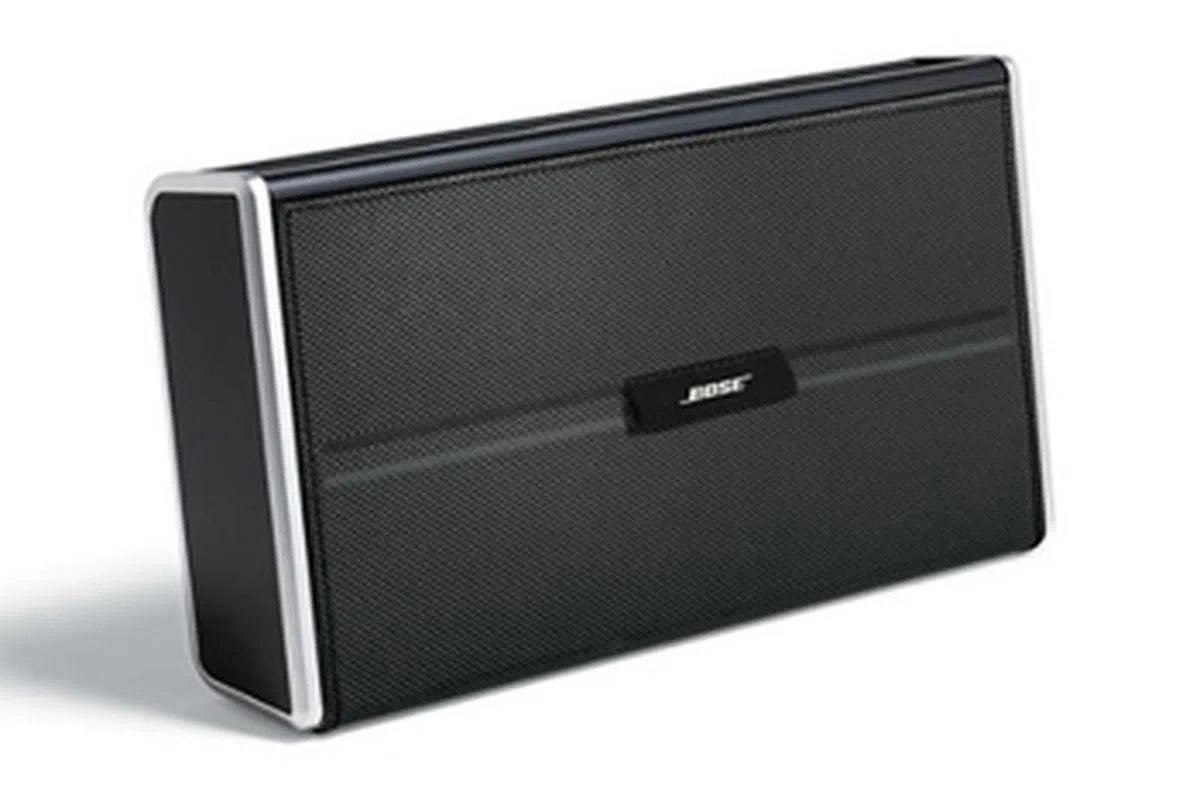 |
Desktop Speakers
Desktop speakers are a step up from mobile speakers, being larger and less portable than the latter. Thanks to the popularity of smart devices, we've a sub-category called docking speakers, which as the name suggests, lets you dock your device on the speaker, which is usually a one-piece stereo system. However, with the problems of transmitting audio over micro-USB (used by Android devices) and Apple’s switch from the 30-pin connector to the new Lightning connector, even such speakers have transitioned to providing wireless playback. Bluetooth is usually the technology employed, though increasing, more are sporting Wi-Fi, AirPlay, and DLNA support. AirPlay provides a great deal of convenience if you're using an iOS device; with DLNA, owners of Android devices can also stream their music just as easily. Many desktop speakers also incorporate devices capable of playing CDs (remember micro Hi-Fi?), as well as simple bookend 2.0 and 2.1-channel systems intended for use with your desktop or notebook PC. Of course, for those who watch a lot of movies on their computer, there are multi-channel setups that usually consist of five satellite speakers and a subwoofer. | 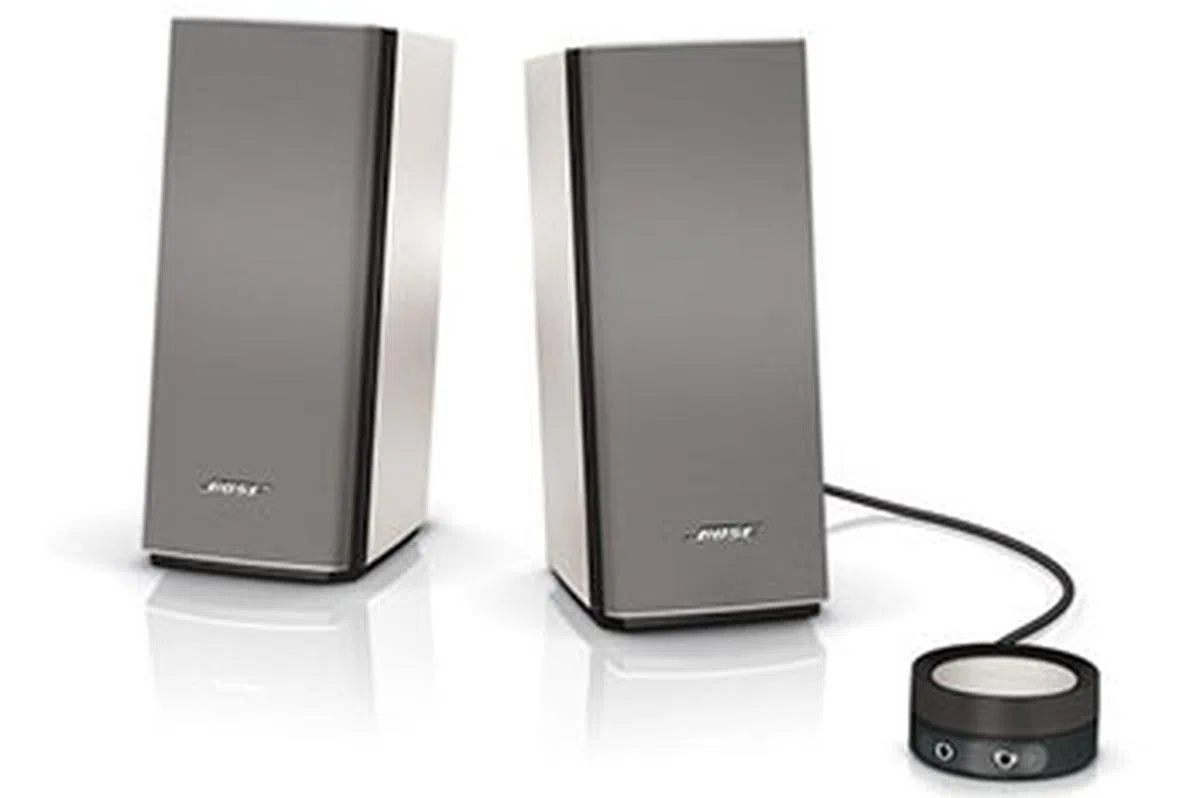 |
Home Theater Speakers
Home theater speakers are essential for a proper cinematic experience. And a type that's gaining a lot of attention lately is what's called a sound bar. Due to their compactness and horizontal design, they can either be hung on the wall, or placed right in front of the TV. Even with a single cabinet, a high-end sound bar is capable of delivering stereo as well as up to 7.1-channel surround sound effect. Compatibility with popular surround sound formats, such as Dolby Digital and DTS Digital Surround, is very common. For even deeper bass, a sound bar can be accompanied with a subwoofer (usually a wireless active one these days). Like home-theater-in-a-box systems, there are also sound bars that are equipped with a built-in Blu-ray player and smart Internet features. From sound bars up, you will discover 5.1-speaker systems, 7.1-speaker systems, and the next generation of home audio evolution in the shape of 9.1 and 9.2-speaker systems. Being stand-alone speakers, they typically have a better sound quality, especially dynamic range. And they can go real loud with the help of an AV receiver, which is often not possible with a sound bar in a large room. | 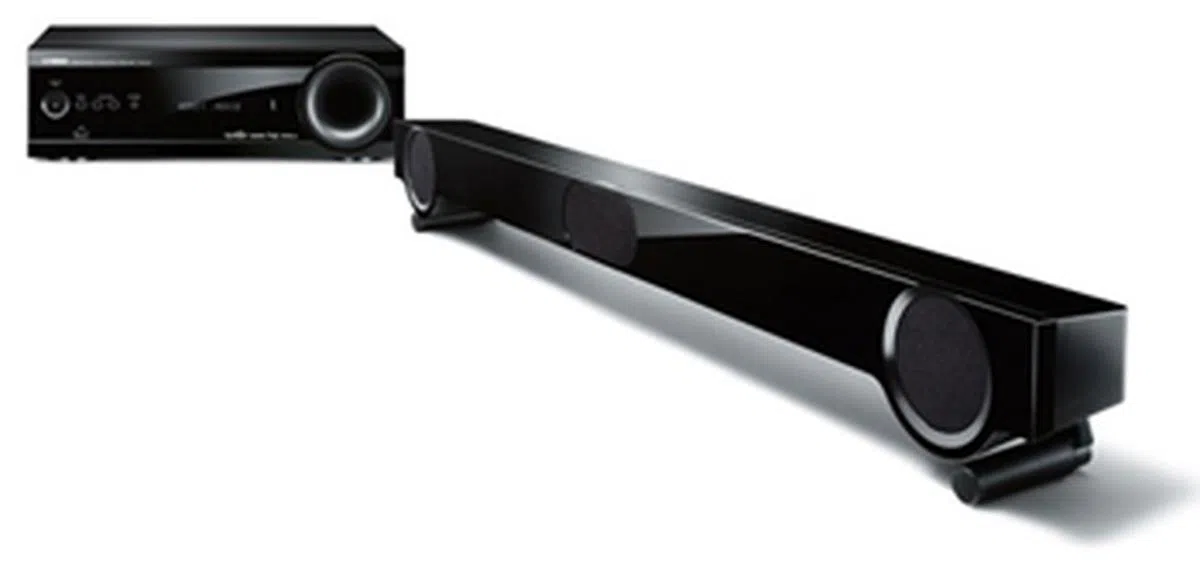 |
WHAT TO LOOK OUT FOR
So, what should you look out for when buying speakers today?
- Skipping/Hopping. This is a problem found in mobile speakers. Due to their small stature, they may actually jump/hop/skip slightly at high volumes. Skipping or hopping represents bad construction and should be an instant deal-breaker. Do remember to crank the volumes high before buying mobile speakers so as to ascertain whether this problem exists. High-end mobile speakers such as the Bose SoundLink include features such as waffle cone enclosures for their passive radiators to specifically combat this issue.
- Wireless Bluetooth. Like Bluetooth headphones, Bluetooth speakers also use the same lossy transmission format. This means that audio quality will deteriorate. We recommend you ensure your Bluetooth-enabled speakers also come with Apt-X codecs. Apt-X is a real-time digital audio data reduction system which offers linear compression of audio samples by a factor of 4:1, and hence mitigates some of the drop in quality for Bluetooth transmissions.

Bluetooth connectivity is popular among wireless speakers today due to the pervasiveness of A2DP profile compatibility in devices.
- Bluetooth vs. DLNA/AirPlay. Bluetooth and DLNA/AirPlay are two competing wireless transmission technologies and they have their own pros and cons. If you are looking for a quick and hassle free way to connect to your speakers, which will work anywhere, anytime, and anyplace, then Bluetooth is your best bet. However, as mentioned previously, you will have to live with the fact that it is a lossy transmission format.
DLNA/AirPlay is able to use your home network to transmit data without any losses. But DLNA/AirPlay requires an initial setup procedure, and will not function if your network is down. You will have to weigh these advantages and disadvantages when making your decision on which wireless connectivity option to go for. Bluetooth is more affordable and lends itself to portability well, while DLNA/AirPlay offers higher quality. Of course, you can always buy a speaker such as the B&O Play BeoLit 12 which gives you the best of both worlds...for more money.
For higher-end speakers, the manufacturers may offer their own wireless streaming tech. One example is Yamaha with its yAired technology that does uncompressed signal transmission, which can be found in several of its sound bars. - Ports. When it comes to HTIB and integrated sound bar systems, it is important to note that they will serve as the hub for your entire AV ecosystem. For this purpose it is essential to have a good selection of ports. Taking sound bars as the baseline, we would suggest your prospective buys have at least one HDMI output and two HDMI inputs. Throw in composite and component inputs if you're still using analog sources. Of course, to get network connectivity, you need an Ethernet port. A USB port is handy if you want to be able to play music directly from a flash drive. 4K and 3D pass-through are nice additions too if you can afford it.
- Surround Sound. Surround sound is one of the most important, if not the most important, aspect of a good home theater speaker system. The nomenclature, such as 5.1, refers to the number of satellite speakers and subwoofers included in the configuration. So, 5.1 denotes five satellite speakers and one subwoofer. When trying to choose between a 2.1, 5.1 or 7.1-speaker system, do keep in mind the space constraints of your living area. A sound bar can be easily fitted into your existing rack space. However, in order to get the most out of a 5.1 or 7.1-speaker system, speakers will have to be placed at specific points to deliver the best surround sound. If space is tight, you may even have to wall mount them.
Check out the latest AV systems and speakers at our HardwareZone AV Systems Product Guide and Speakers Product Guide.
Speaker Deals at IT Show 2013
Here are some top speaker deals at this year's IT Show:
X-Mini Kai Mobile Speaker Rugged and hardy the X-Mini Kai fits in your pocket and provide wireless audio playback via Bluetooth. The mobile speakers also come with built-in radio capabilities and are extremely affordable to boot.IT Show 2013 Offer
Location Level B2, Booth B137 | Logitech UE Mobile Boombox Mobile Speakers A bit larger than the X-Mini competitors, the Logitech UE Mobile Boombox is still small enough to fit in any regular bag. The product is capable of producing enough volume to fill a moderately sized room with sound.IT Show 2013 Offer
Location Level B2, Booth B131 |
Bose SoundLink Air Desktop Wireless Speakers Utilizing AirPlay technology, these desktop speakers deliver a high quality of audio which will impress anyone. Bright highs and strong mids make the Bose SoundLink Air excellent for a wide range of music genres and styles.IT Show 2013 Offer
Location Level 1, Booth 1532 | Klipsch ProMeda 2.1 Desktop Speakers The 2.1 configuration still remains extremely popular among desktop speaker enthusiasts due to products like the Klipsch ProMedia 2.1. These speakers are true all rounders and handle movies, music and gaming audio with aplomb.IT Show 2013 Offer
Location Level 1, Booth 1405 |
IT Show 2013 Speakers Portal

Headphones Buying Guide
Music is a universal language. No matter what race, religion, creed, and nationality you belong to, you probably listen to tunes every now and then. Headphones help provide a personal listening experience, and hence have become one of the most common audio products found on the market. There are a variety of designs, wearing styles, and functionality options available, and really, despite what all the audio experts may say, your own personal preference should be paramount when making the final decision.
HEADPHONES TODAY
Headphones can be broadly categorized according their designs into three discrete segments, with each having its own pros and cons.
In-ear Earphones
In-ear earphones or in-ear monitors are by far the most popular type of 'headphones'. With portable music players and smartphones leading to most music being listened to on the go, in-ears are the perfect companion. Lightweight and super-compact, in-ears can be wrapped up, and put in your pocket without any problems. Also, most models today sport a microphone and phone/music navigation controls on the wire itself. In addition, good in-ears offer a great degree of noise isolation by blocking the ear canal, making them even more suited to be used on your daily commute. Price range is very wide too. You can find lots of them for well below $50, but there are also many which require you to shell out in excess of $500. The latter are typically from high-end or boutique brands, and sport fancy driver technology. | 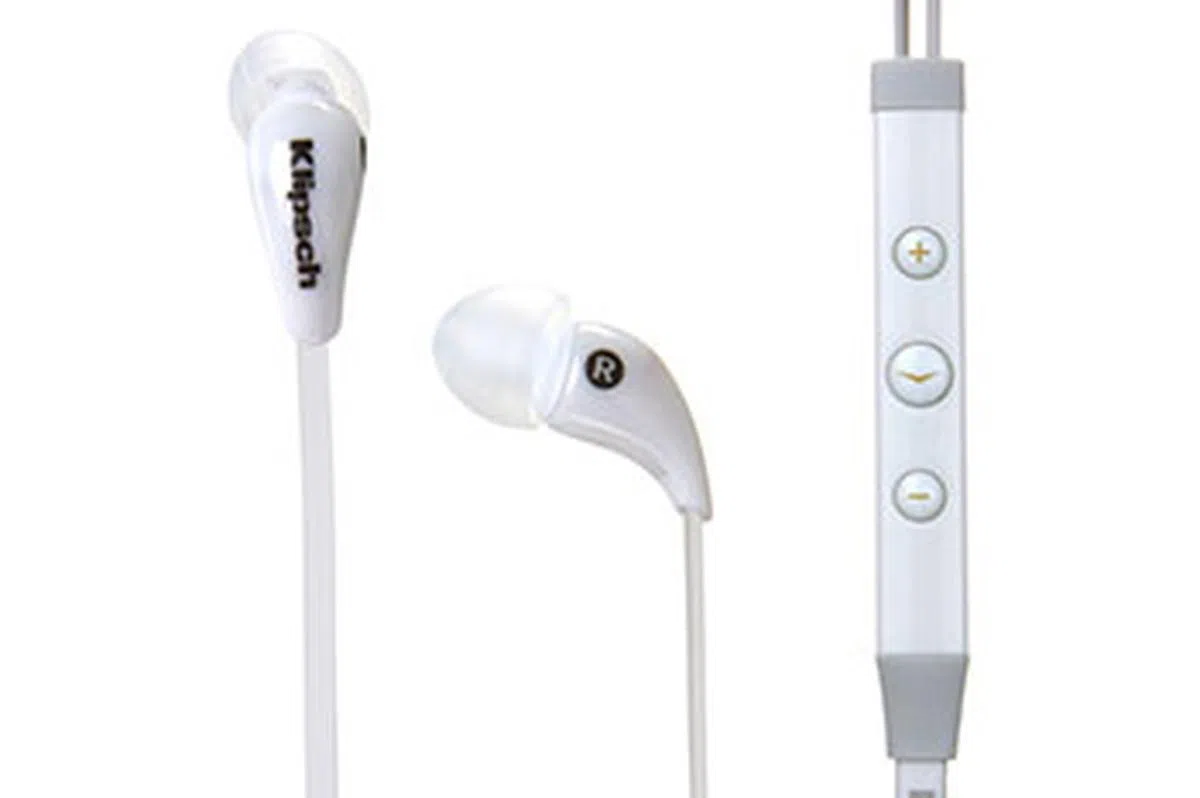 |
On-ear Headphones
Also known as supra-aural headphones, the ear-cups of these headphones rest gently on the outer ears. This particular design is favored by telephone and call-center operators due to the high levels of comfort it provides. The on-ear design allows for the hearing of ambient sounds as it does not envelope the ears fully, and in general do not bleed out a lot of sound either. Of course, that also means that compared to full sized headphones, sound isolation isn't as good. Nowadays, headphones are going wireless too. And as you might have guessed, the wireless technology of choice is Bluetooth. An example is the recently announced Jabra Revo Wireless. Without say, going wireless provides added portability convenience, and they can now be paired with smart devices, like phones and tablets. The price range for on-ear headphones also stretches a wide spectrum, but you can expect good-sounding, midrange cans to cost between anywhere from $400 and up. | 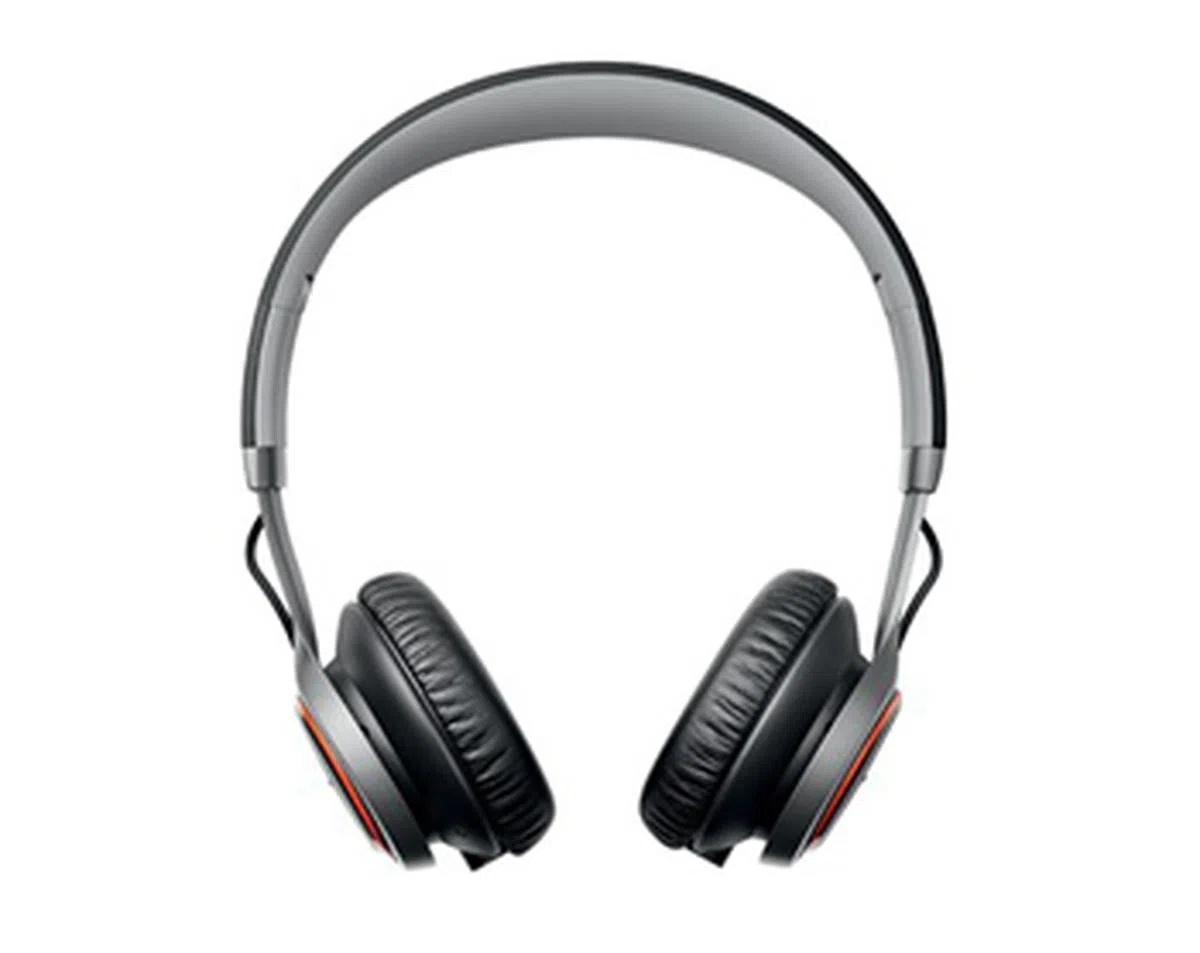 |
Over-ear Headphones
Also known as around-ears, over-the-ear, circumaural, and full-sized headphones, these headphones' earpads are large and surround the ears. Due to their size, they're ideal for use indoors or at your workstation. Most audio experts have long considered over-ears to be the pinnacle of personal listening, and for good reasons: better soundstage, excellent bass, incredible isolation - just to name a few. This is also why many flagship headphones from high-end headphones makers adopt this design. This choice is also obvious since larger drivers can be fitted with this design. But over the past years, we have seen the emergence of over-ear cans as a viable option for use on the go, thanks to the urban aesthetics of products under the Beats by Dr. Dre brand. Over-ear headphones can cost you anywhere between $100 to well above $1000 for the premium models. | 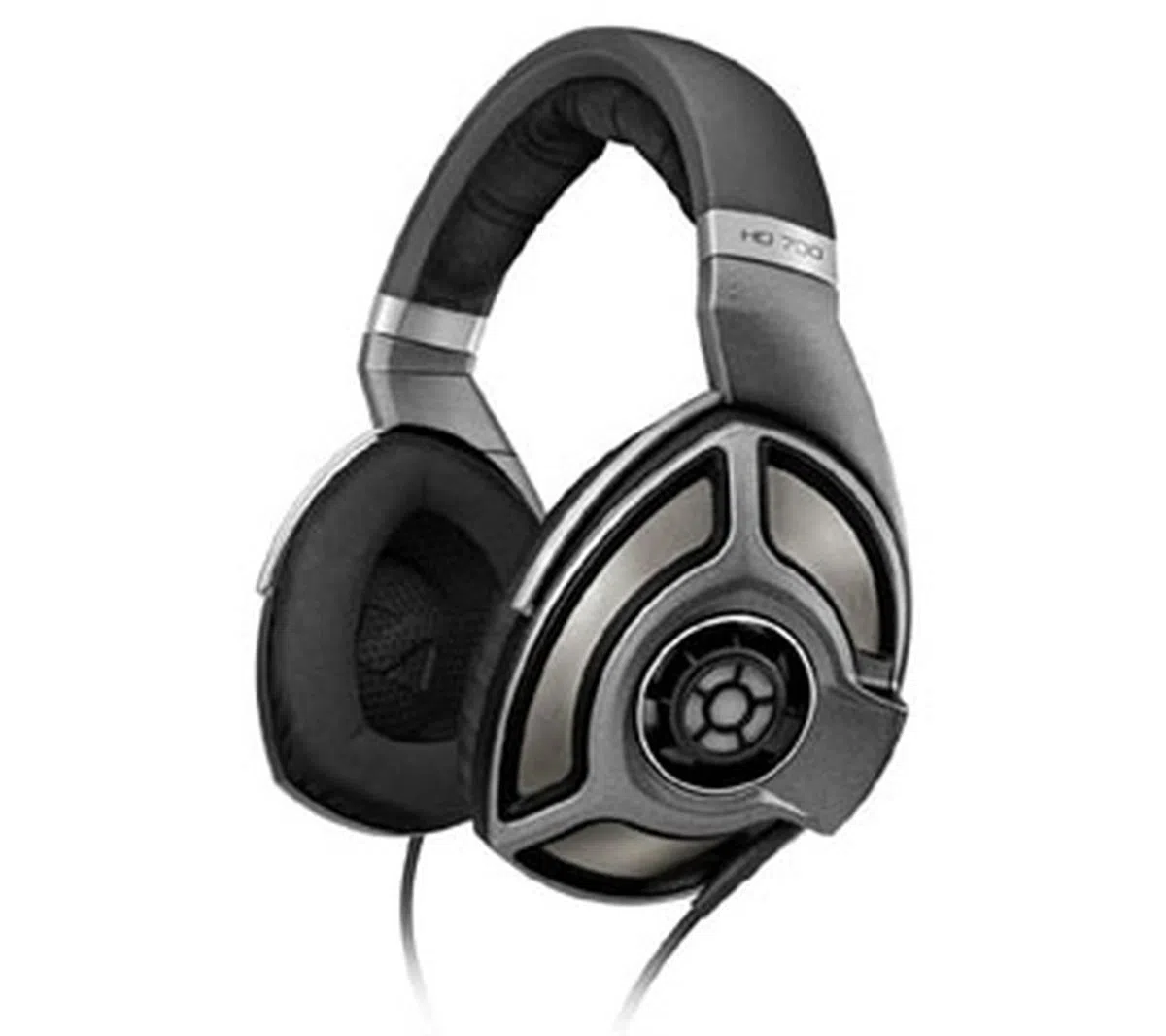 |
WHAT TO LOOK OUT FOR
So, what should you look out for when buying a headphone today?
- Balanced Armature vs. Dynamic Drivers. When it comes to in-ears, there are two competing technologies. Balanced armature in-ear headphones account for 10% of the market, whereas the 90 percent majority comprises of dynamic drivers models. The former is expected to deliver a more balanced audio profile but struggles when tasked with handling bass. Dynamic drivers on the other hand are known for their impact and good low registers. Earphones using dynamic driver technology also tend to be cheaper than their balanced armature-based counterparts. To get the best of both worlds, some manufacturers have hybird models that combine both dynamic and balanced armature drivers. For a deeper look into the balanced armature versus dynamic driver debate, you can read our comparison of two similarly priced representatives.
- Control Pods. Seeing that a lot of in-ear headphones are used with smartphones, audio manufacturers have started to fit their products with in-line microphones and control pods featuring three (or more) buttons to control music playback and phone functions. Do take note that these control pods are not universal. When buying a pair of in-ear earphones for your smartphone, please ensure that the product is compatible with your platform (e.g. Android, iOS) to ensure smooth usage.

Displayed above is a common example of a three button control pod found on most smartphone-compatible in-ear earphones.
- Bluetooth Wireless. The latest breed of wireless headphones use Bluetooth to connect with any A2DP-compatible device. However, do take note that Bluetooth is a lossy transmission format. This means that audio quality might deteriorate when using Bluetooth headphones. If wireless functionality is an absolute necessity, we recommend you find a pair of Bluetooth headphones which have Apt-X support. Apt-X is a real-time digital audio data reduction system which offers linear compression of audio samples by a factor of 4:1, and hence mitigates some of the drop in quality due to Bluetooth transmissions. Many modern smart devices now come with Apt-X support, such as the HTC One X, Samsung Galaxy S III, Note II, and Note 10.1. Even desktop products from Apple such as the Mac Mini, iMac, MacBook Air, and MacBook Pro. If your playback device doesn't support Apt-X natively, a workaround is to use an Apt-X transmitter.
- Gaming Headphones. Audio for gaming is a completely different beast. You cannot just slap on a microphone to a regular headphone and tag it a 'gaming headphones'. Gaming headphones must provide exemplary soundstages so as to help improve the user’s in-game performance. Manufacturers go about providing this level of performance in two ways. One method is to include progressive audio technologies, the second involves utilizing multiple drivers along with the aforementioned audio technologies. From our personal experience, we would recommend you choose the latter if you are on the hunt for gaming headphones. Also, due to the audio unpredictability during gaming which makes compensation difficult, most gamers don't favor using Bluetooth headphones. But that may change soon when headphone makers adopt CSR's new Apt-X Low Latency codec.
- Open-back vs Closed Back. Headphones by design project sound directly into the ear canal, which is nothing like how we hear sounds in real life. To rectify the problem of having a strong central channel, headphones sometimes use an open-back design, which means leaving the back of the earcups 'opened'. While this definitely improves the soundstage, it must be noted that this open-back design also results in a lot of sound bleeding out. If you intend to use your headphones at home, and would like an expansive soundstage, we readily recommend you test out some open-back headphones. However, if you are going to be using your headphones in the office or within audible range of other people, closed back headphones (that is, the back of the earcups are sealed) may be the way to go.
- Trust Your Senses. If you were to take away only one piece of advice from this guide, it should be to trust your senses. Audio is an extremely subjective matter, and so is headphone comfort. Before deciding to purchase any headphones, you should try them on and listen to them with some of your favorite tracks. Rather than trying to pin down the tonal characteristics, concentrate on whether the overall sound is to your liking.
Check out the latest headphones at our HardwareZone Headphones Product Guide.
Headphone Deals at IT Show 2013
Here are some top headphones deals at this year's IT Show:
T-Jays Three Headphones From Swedish audio manufacturers, come the T-Jays Three in-ear headphones. Extremely comfortable with a unique fit these earphones have a bright, clear tone delivered thanks to 10mm dynamic drivers.IT Show 2013 Offer
Location Level 1, Booth 1329 | Klipsch Image One II Headphones Featuring a supra-aural design, the Klipsch Image One II headphones have 40mm drivers. The sound for the on-ears has all the hallmarks of Klipsch audio coming across as warm with great presence for the mids.IT Show 2013 Offer
Location Level 1, Booth 1532 |
Sennheiser Momentum Headphones One of the latest offerings from German audio powerhouse Sennheiser, the Momentum has a sleek design circumaural headphones. Balanced and nuanced audio makes it a good fit for even the most discerning audiophile.IT Show 2013 Offer
Location Level B2, Booth B359 | Razer Tiamat 7.1 Gaming Headphones If you are looking for gaming headphones, you cannot do better than the Razer Tiamat. Fitted with a seven pairs of drivers and an audio control console, these headphones can handle 7.1 surround sound with ease.IT Show 2013 Offer
Location Level B2, Booth B131 |
IT Show 2013 Headphones Portal

Our articles may contain affiliate links. If you buy through these links, we may earn a small commission.
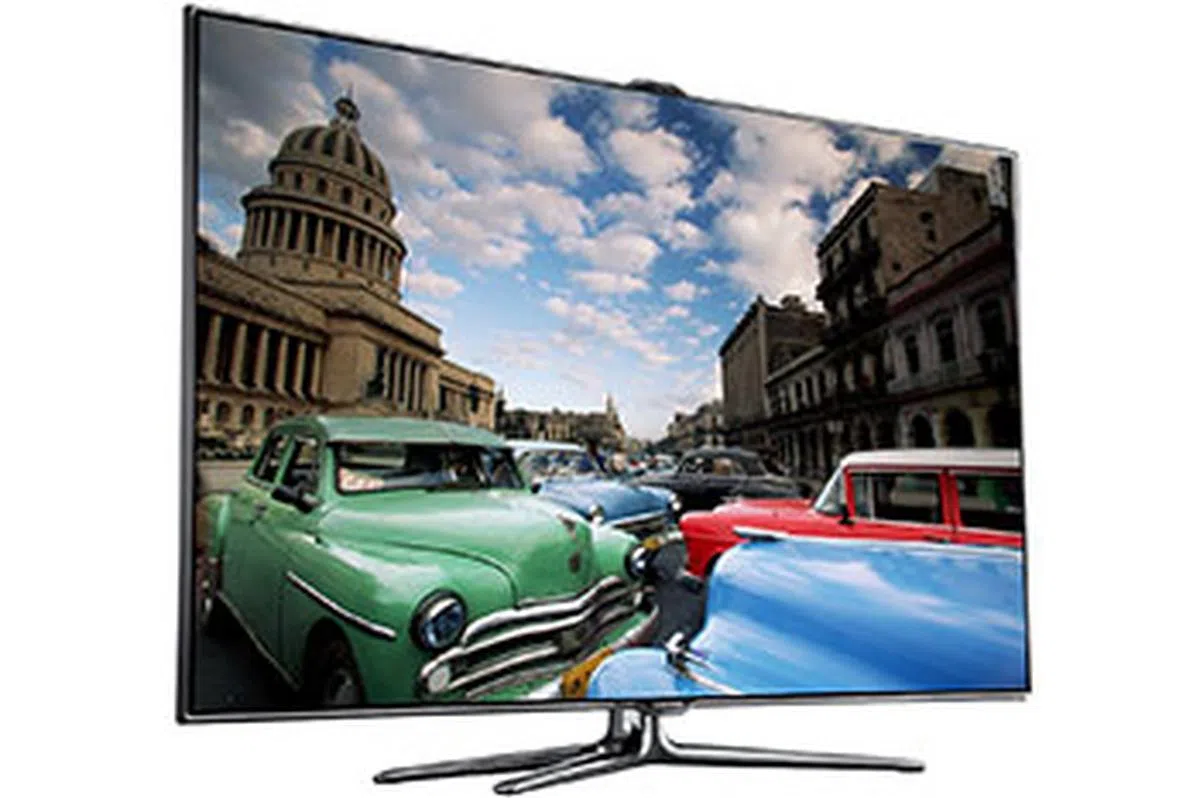
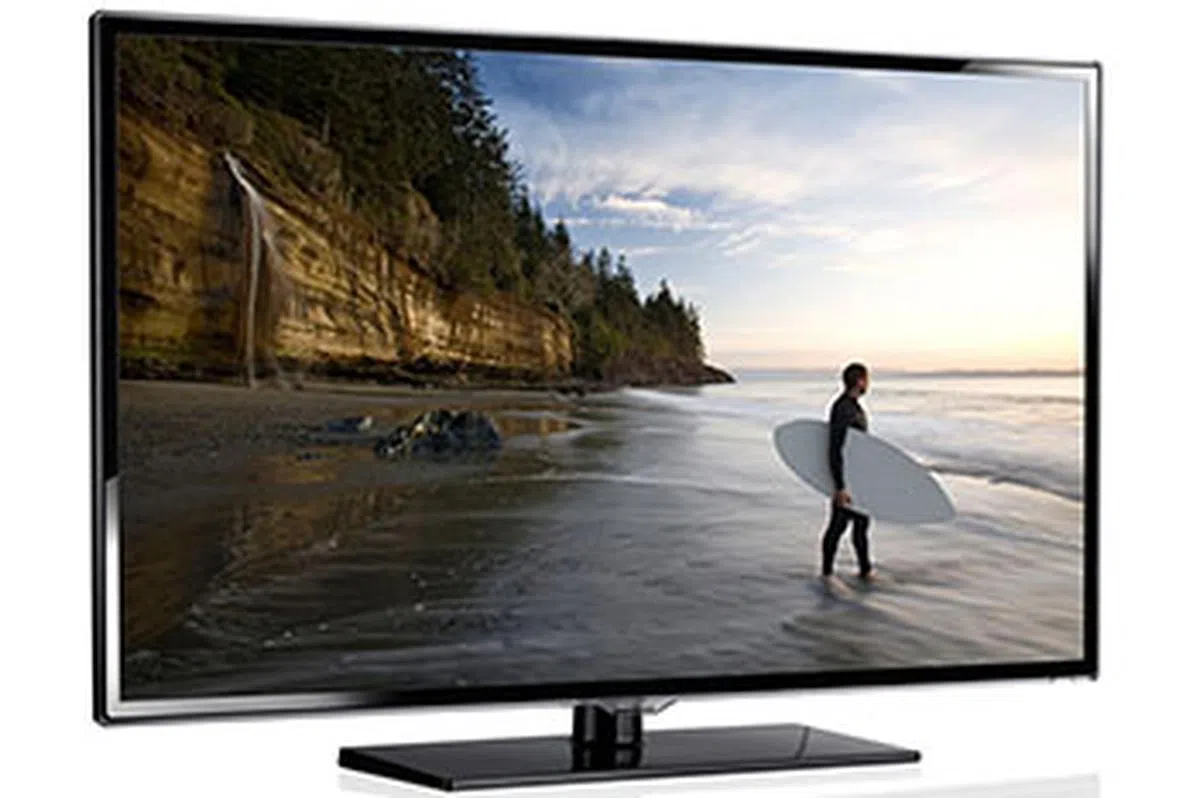
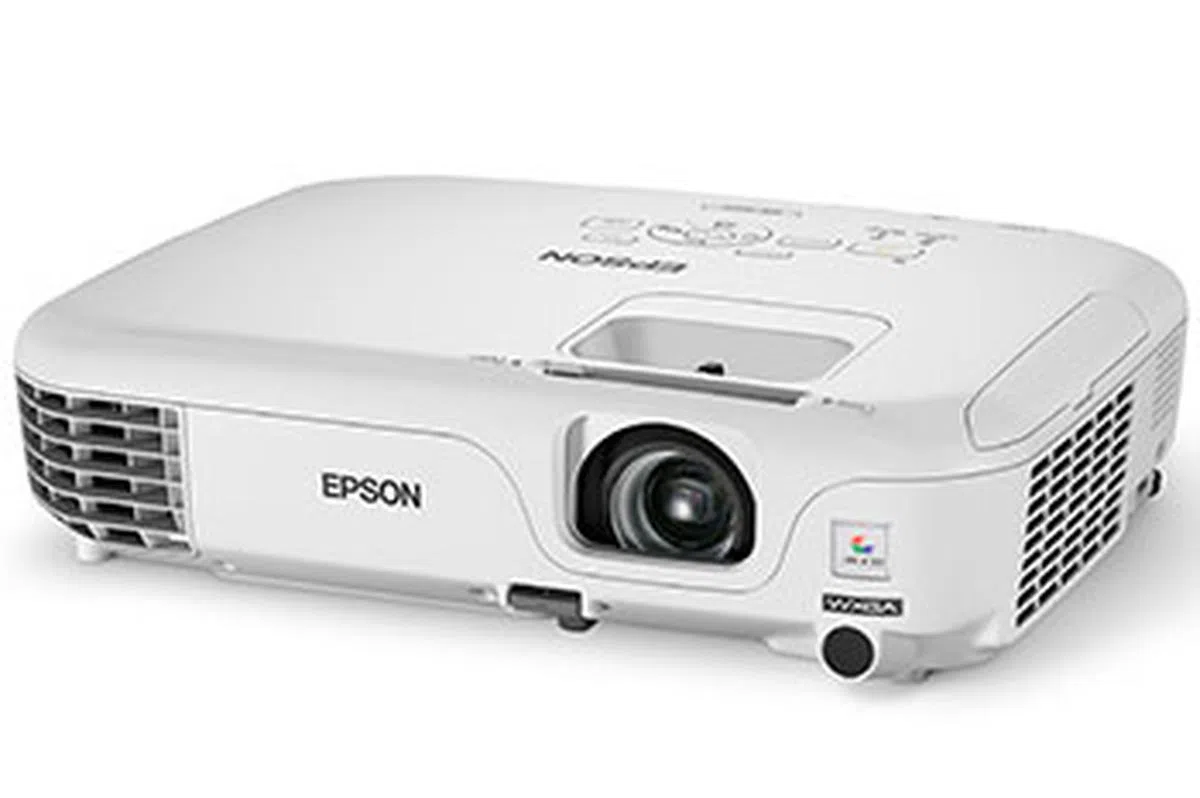
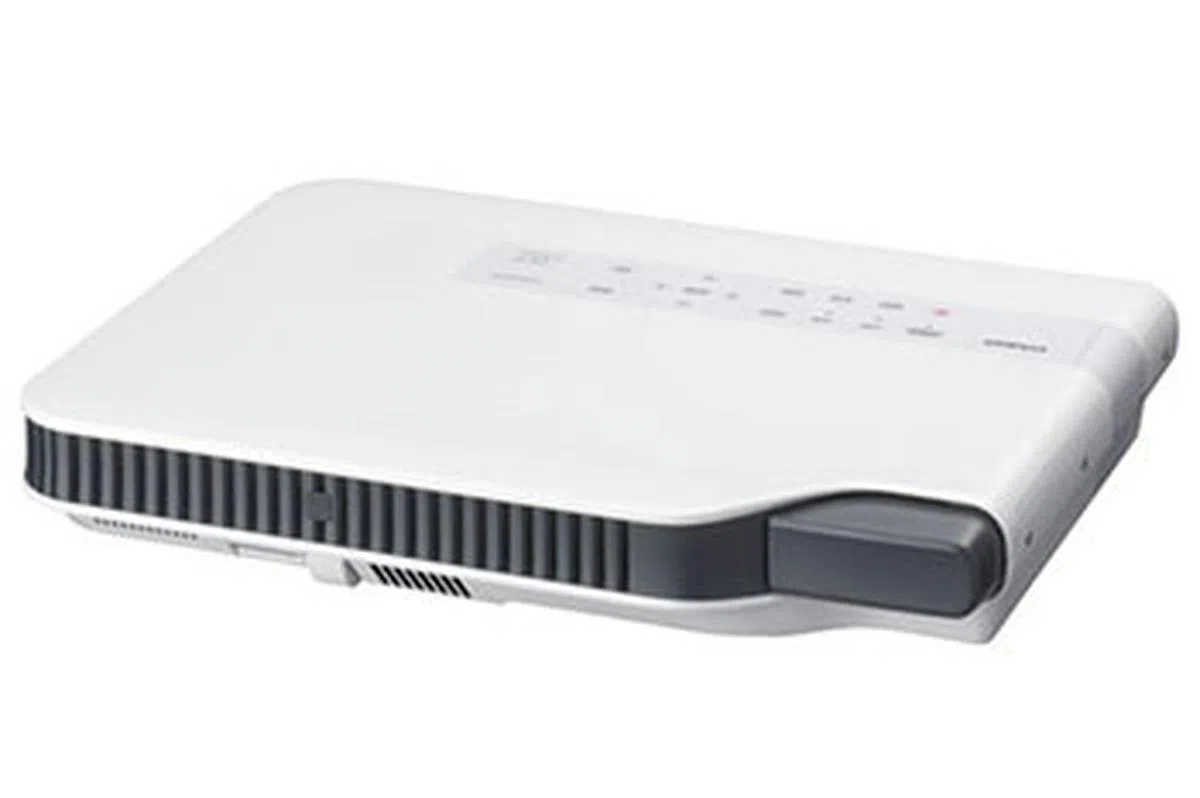

 Aztech PlayXtreme 2
Aztech PlayXtreme 2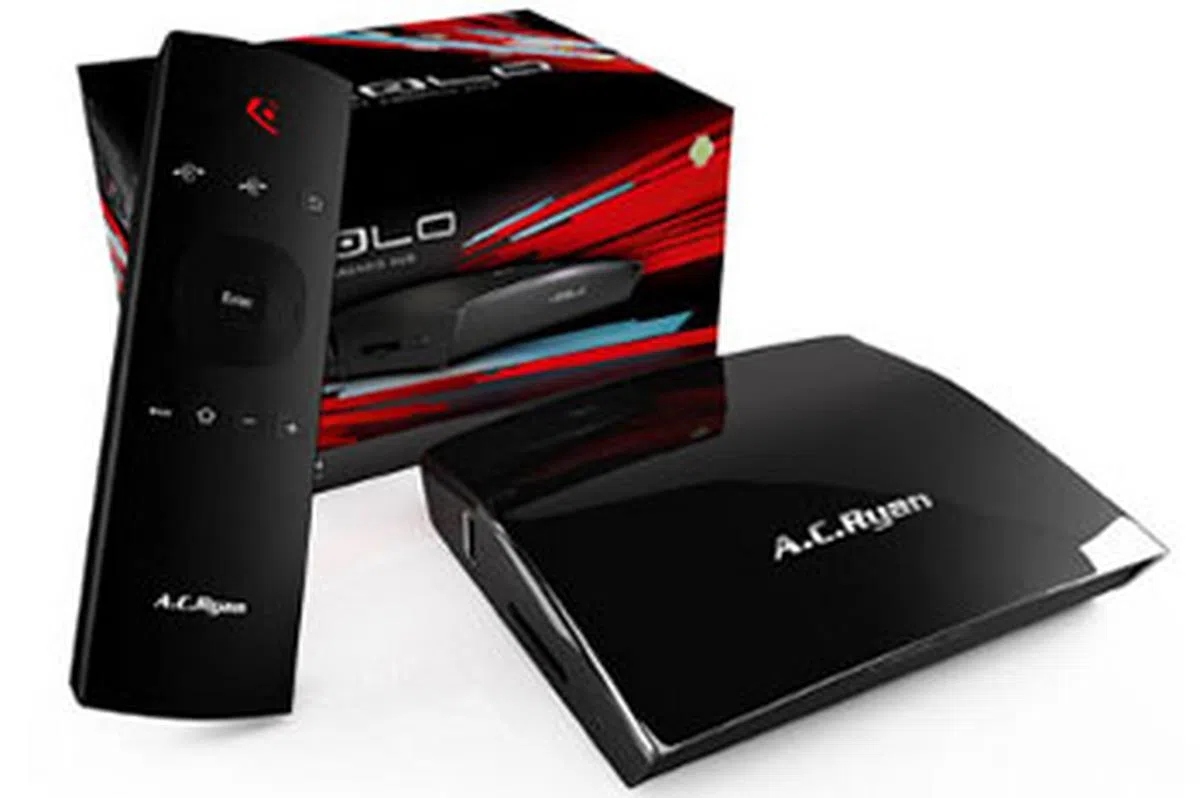 AC Ryan Veolo
AC Ryan Veolo